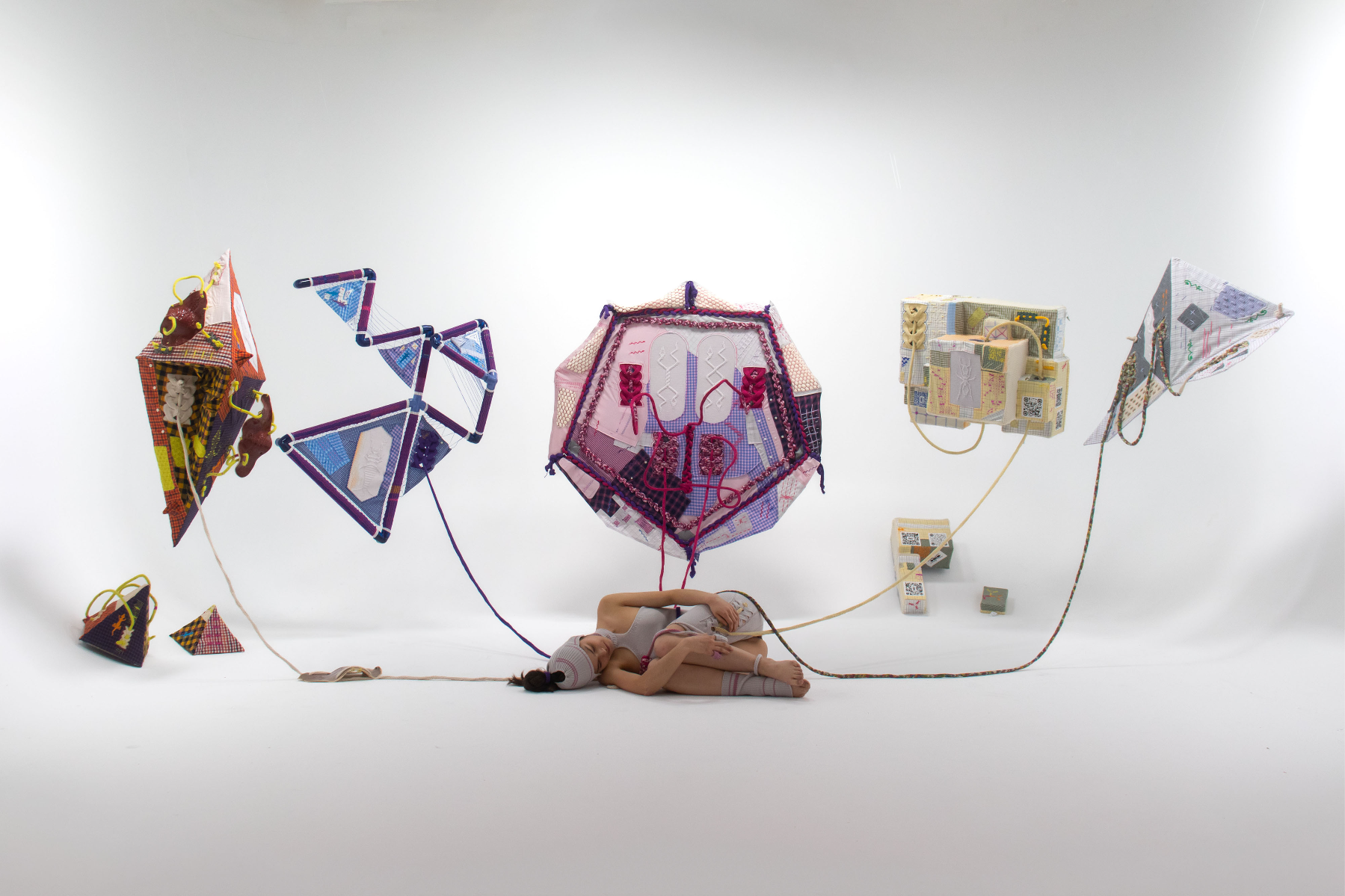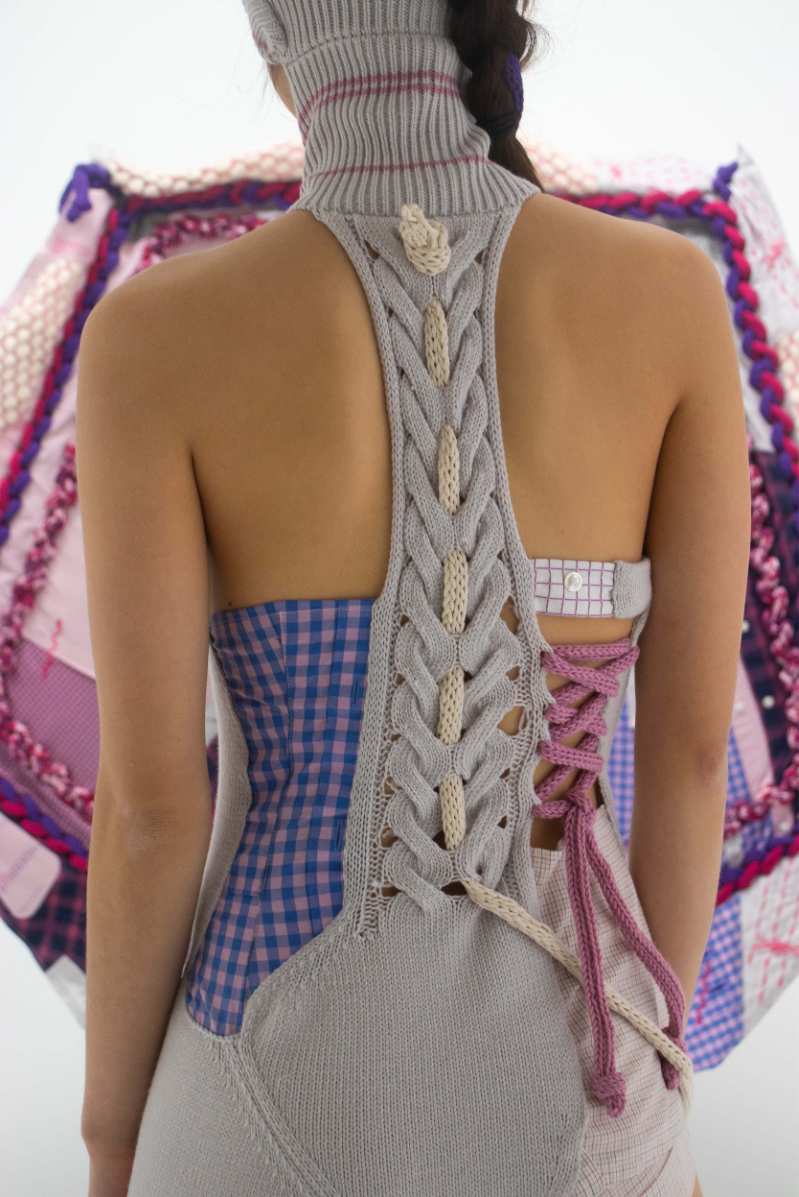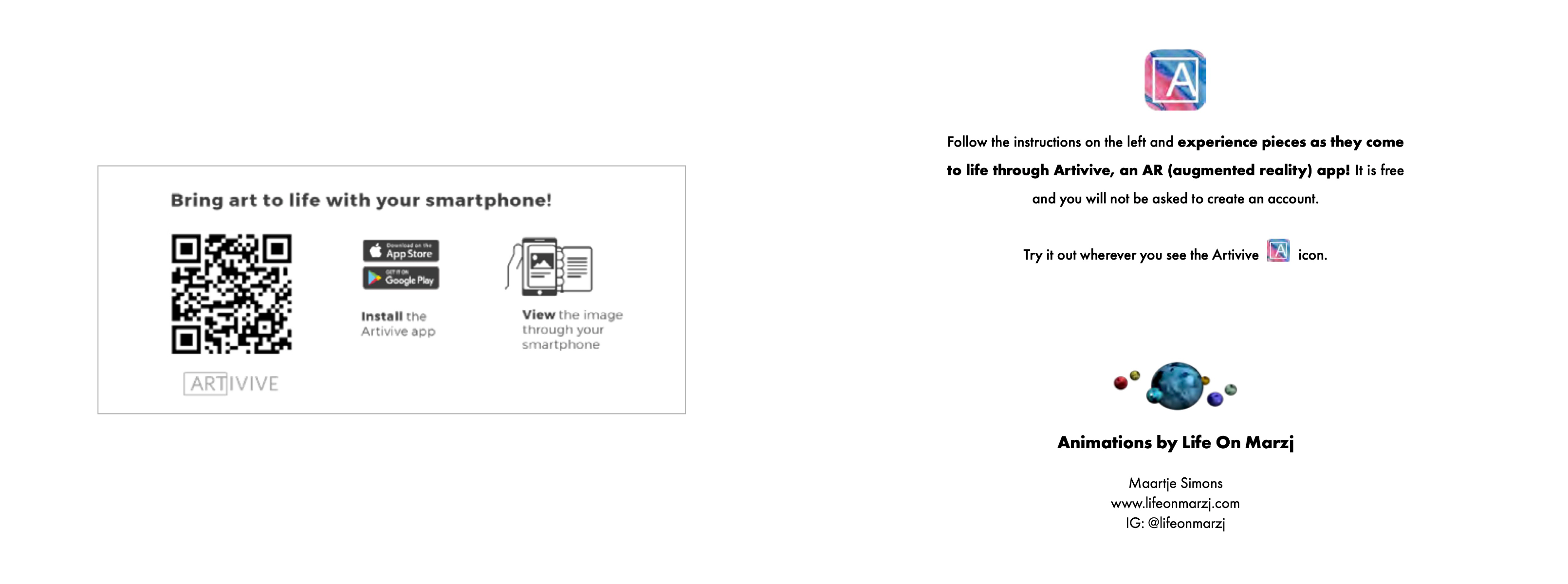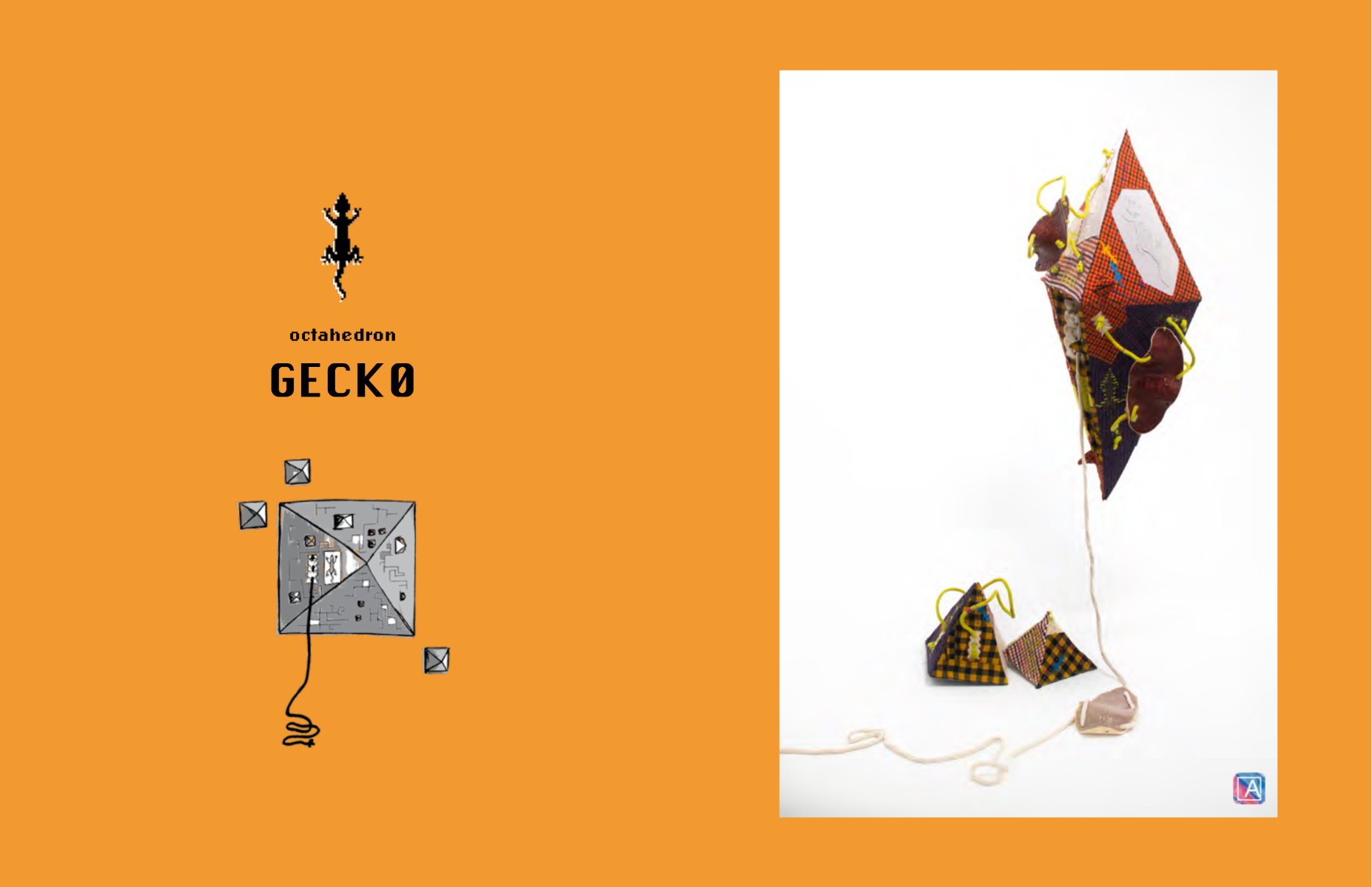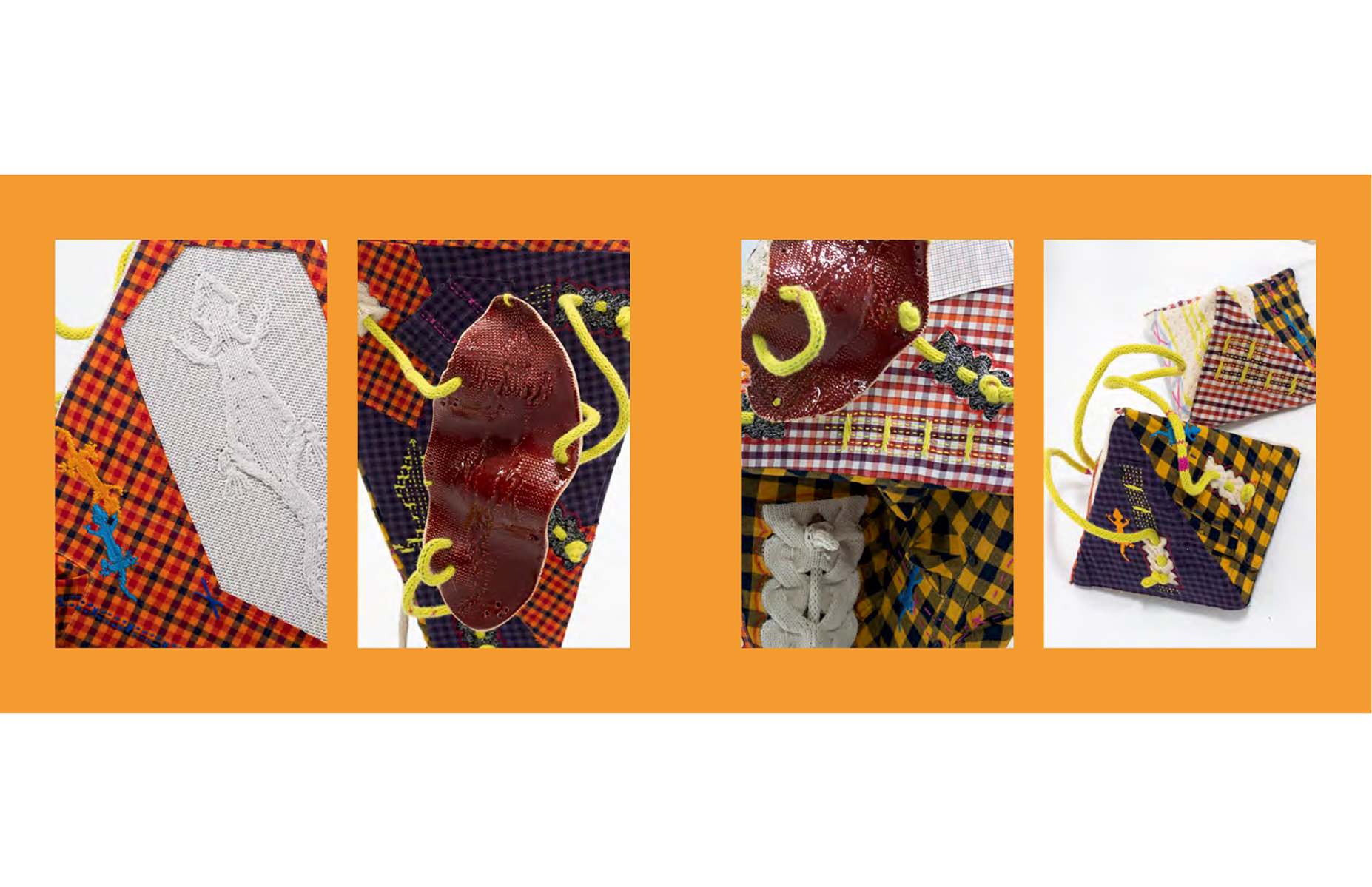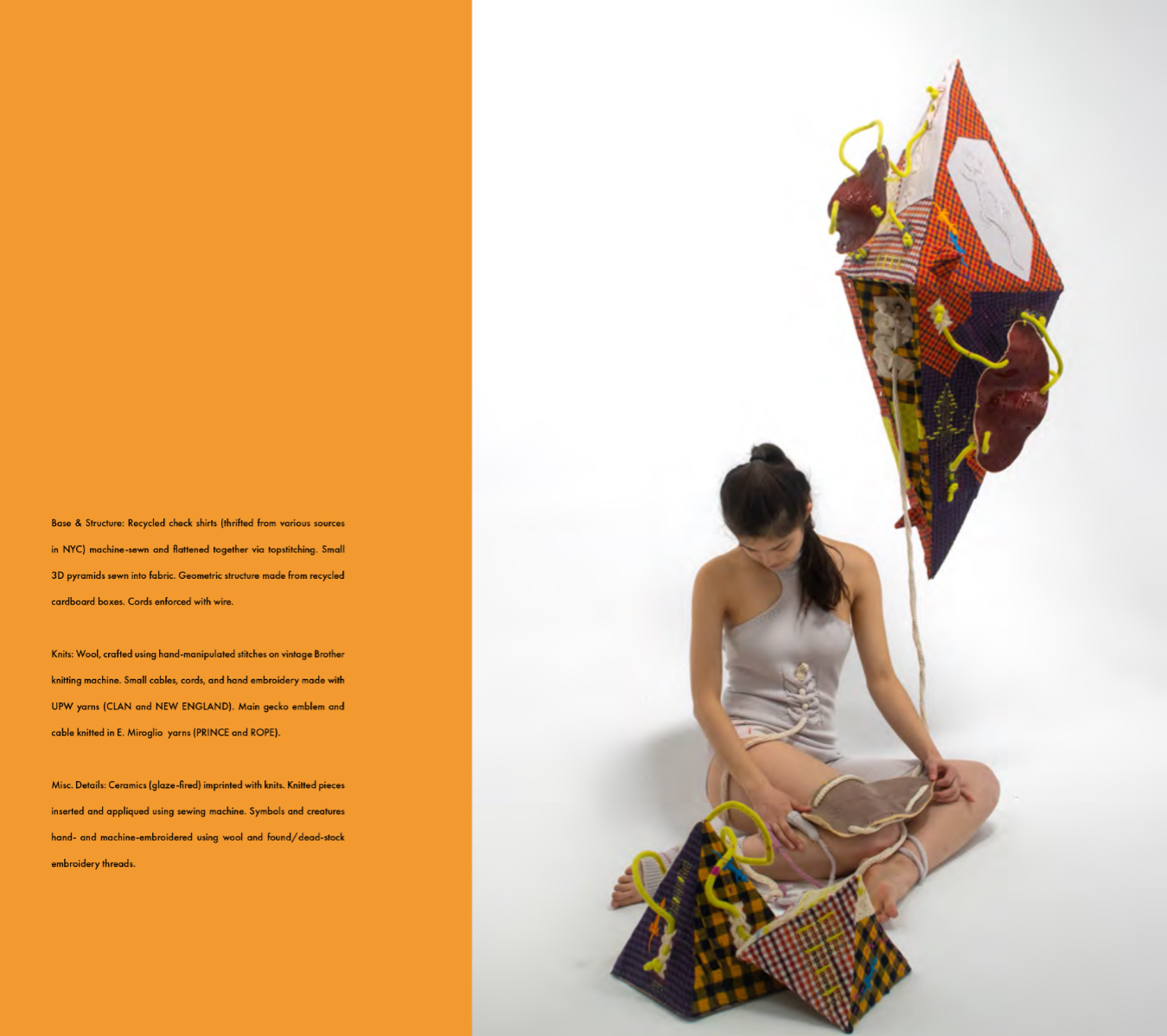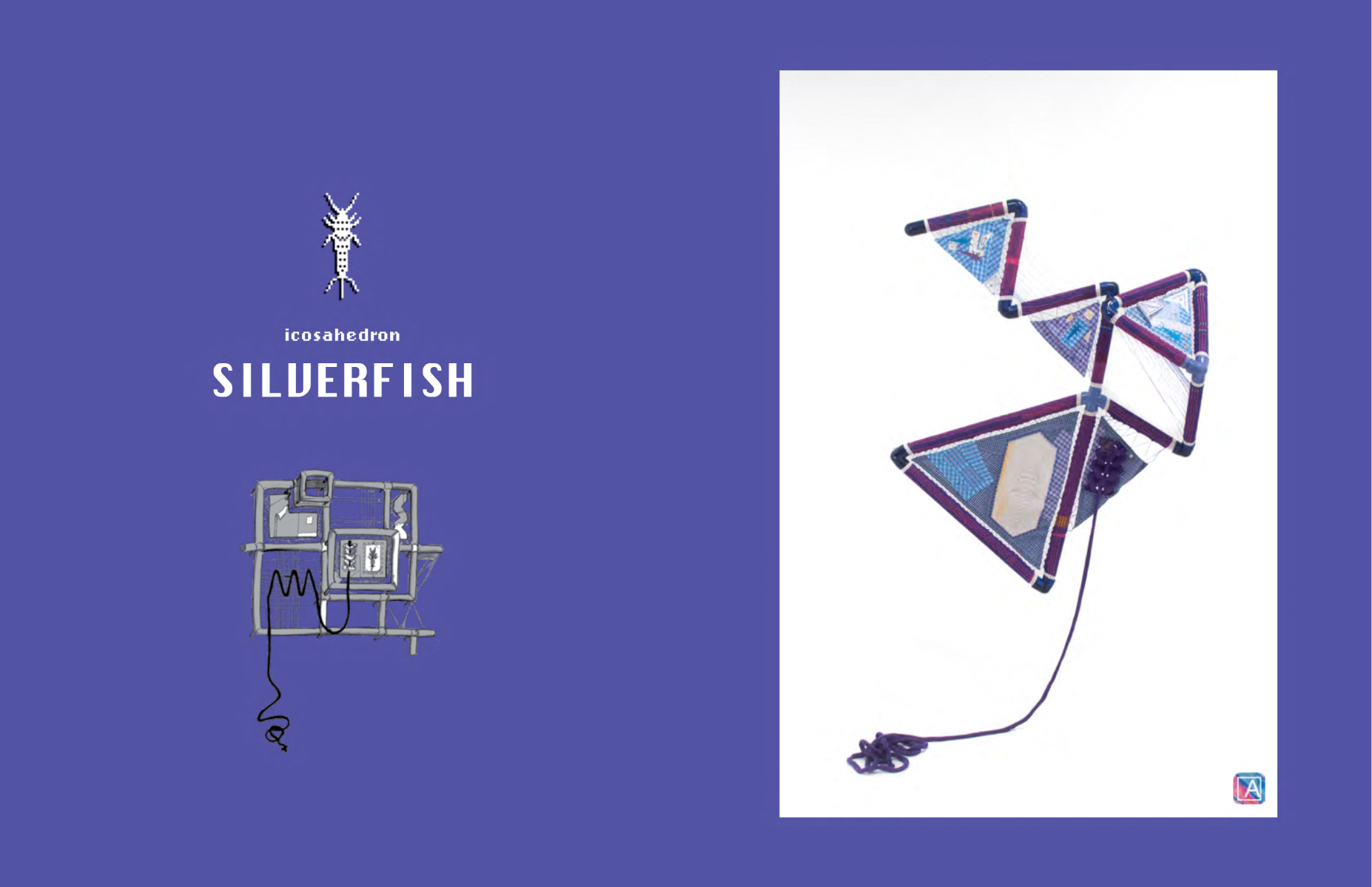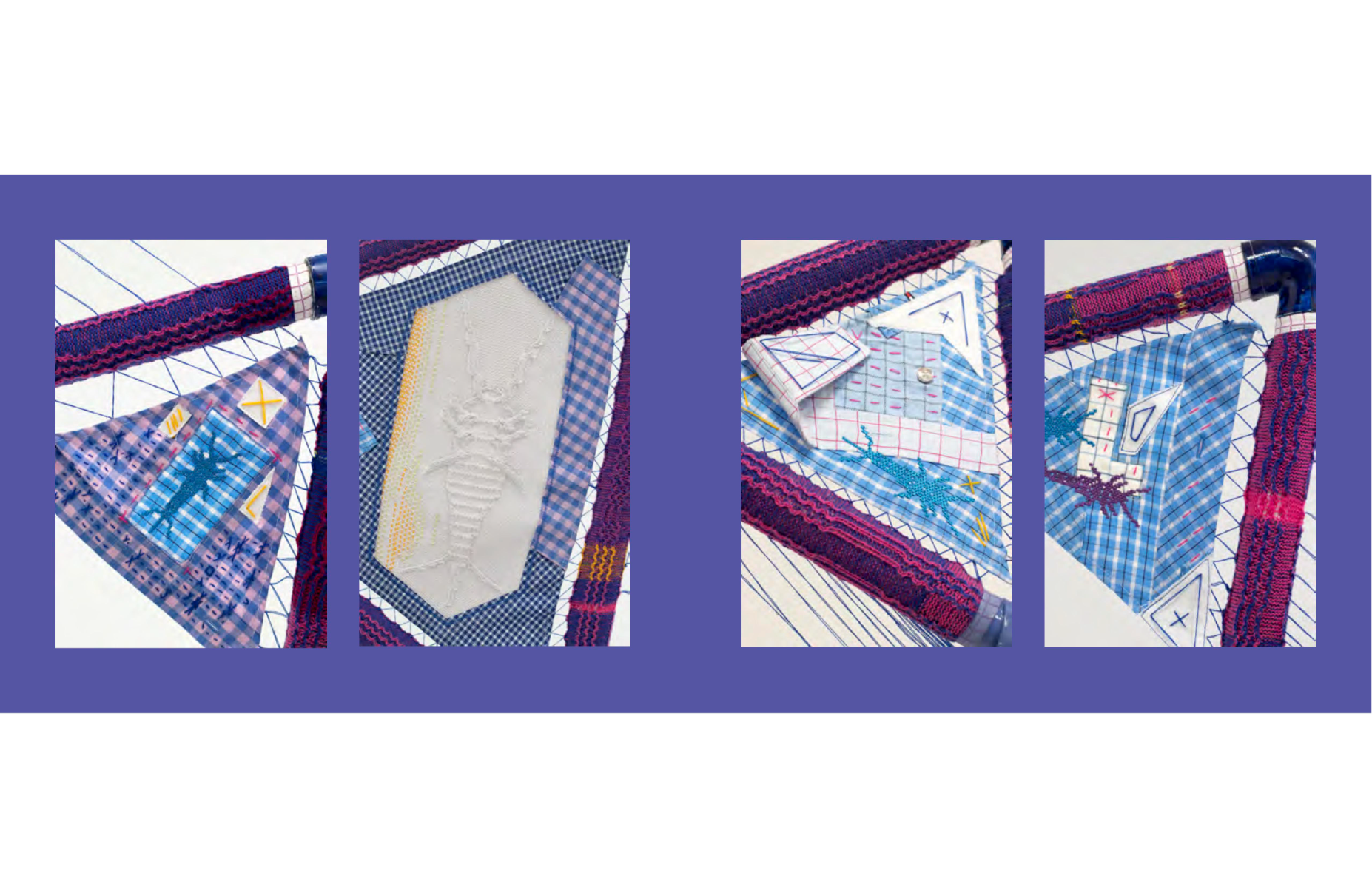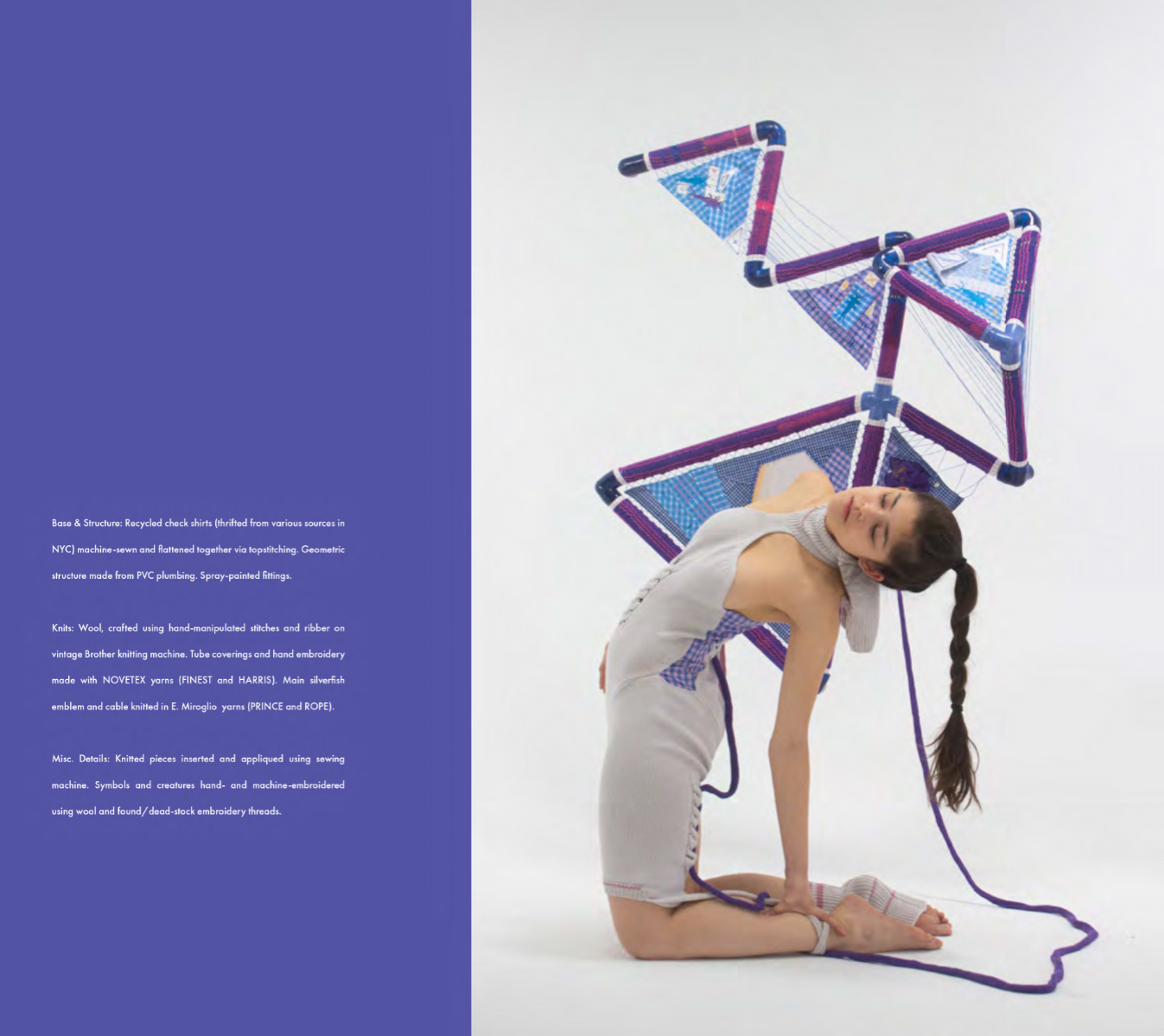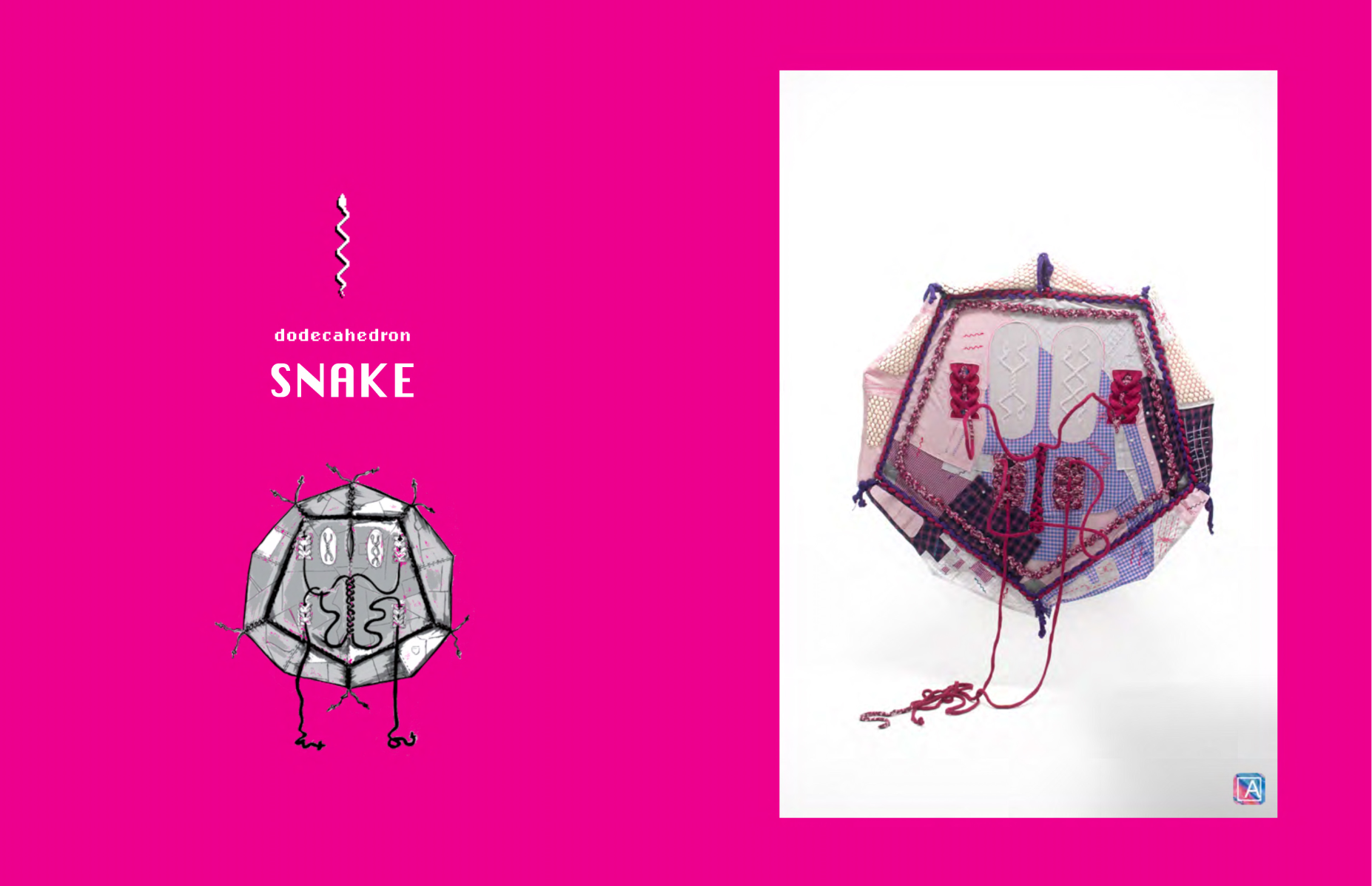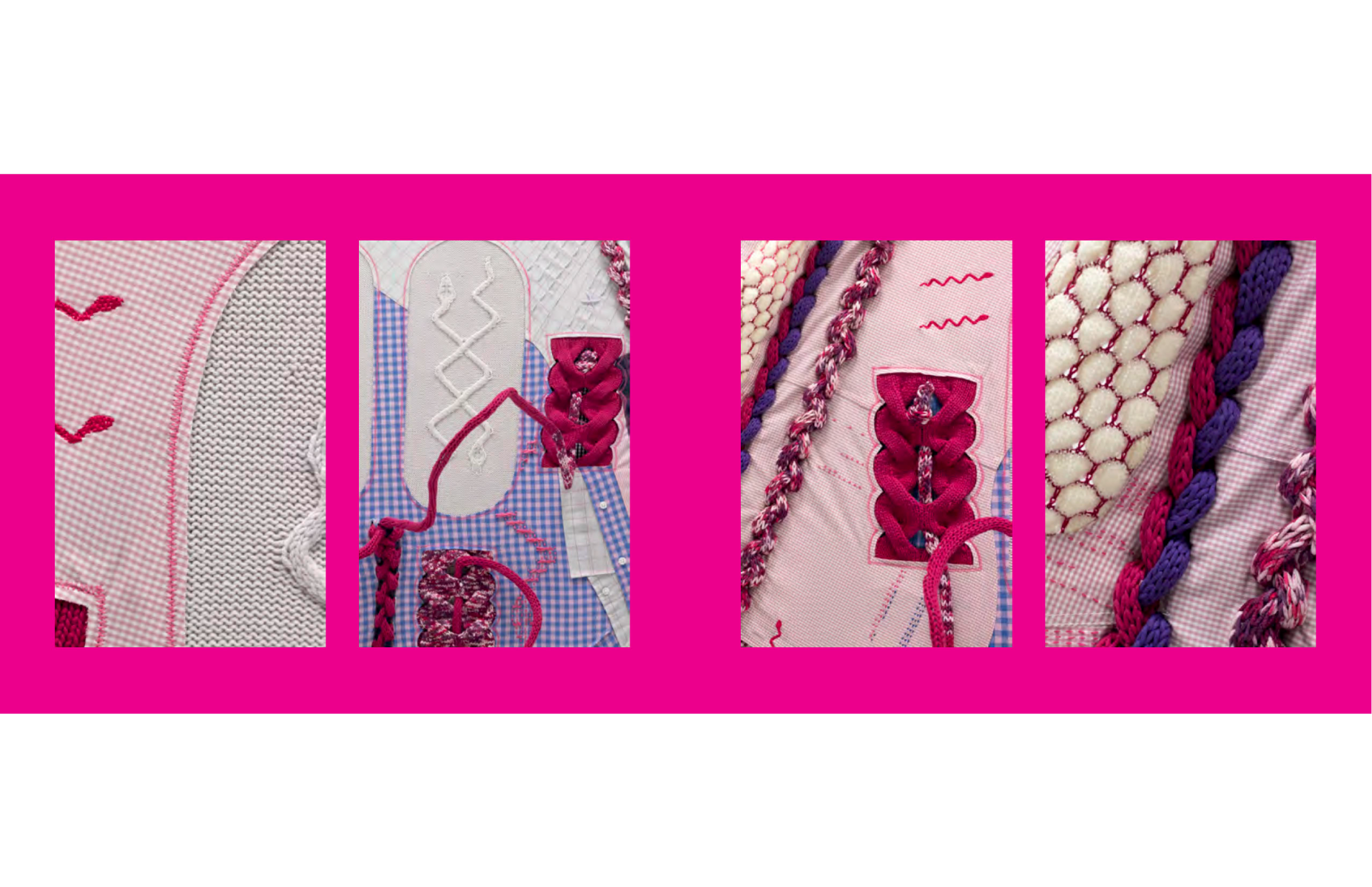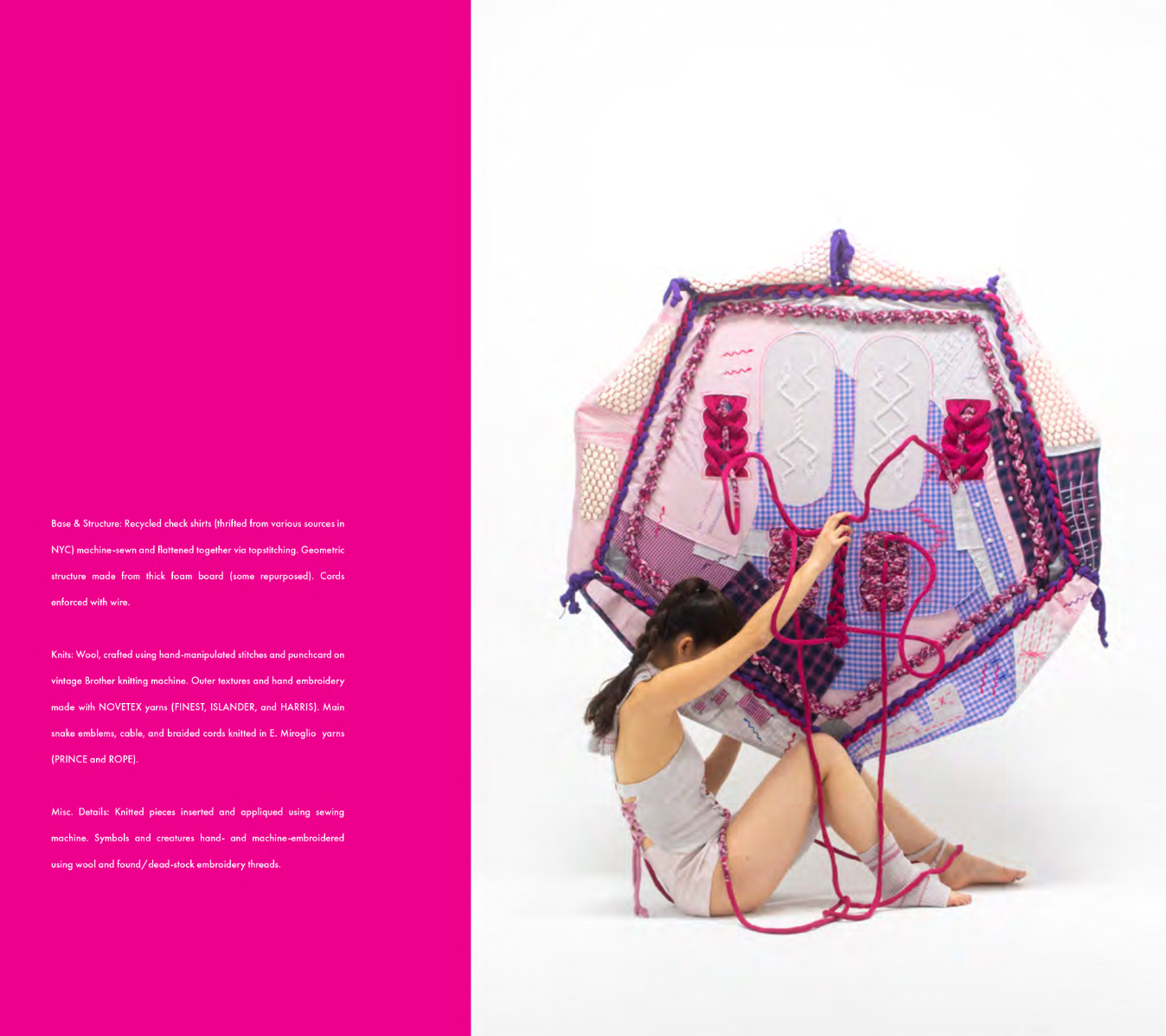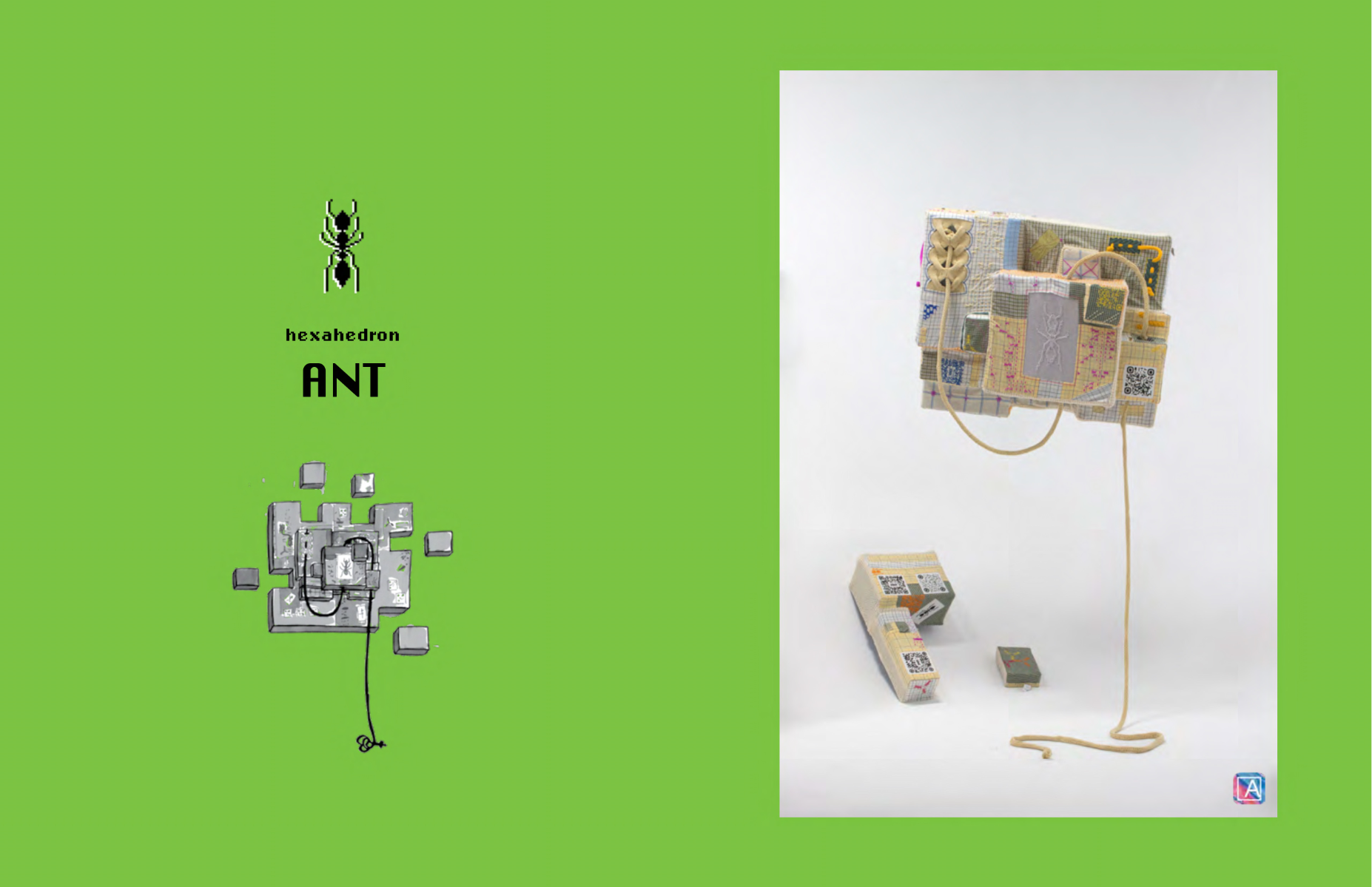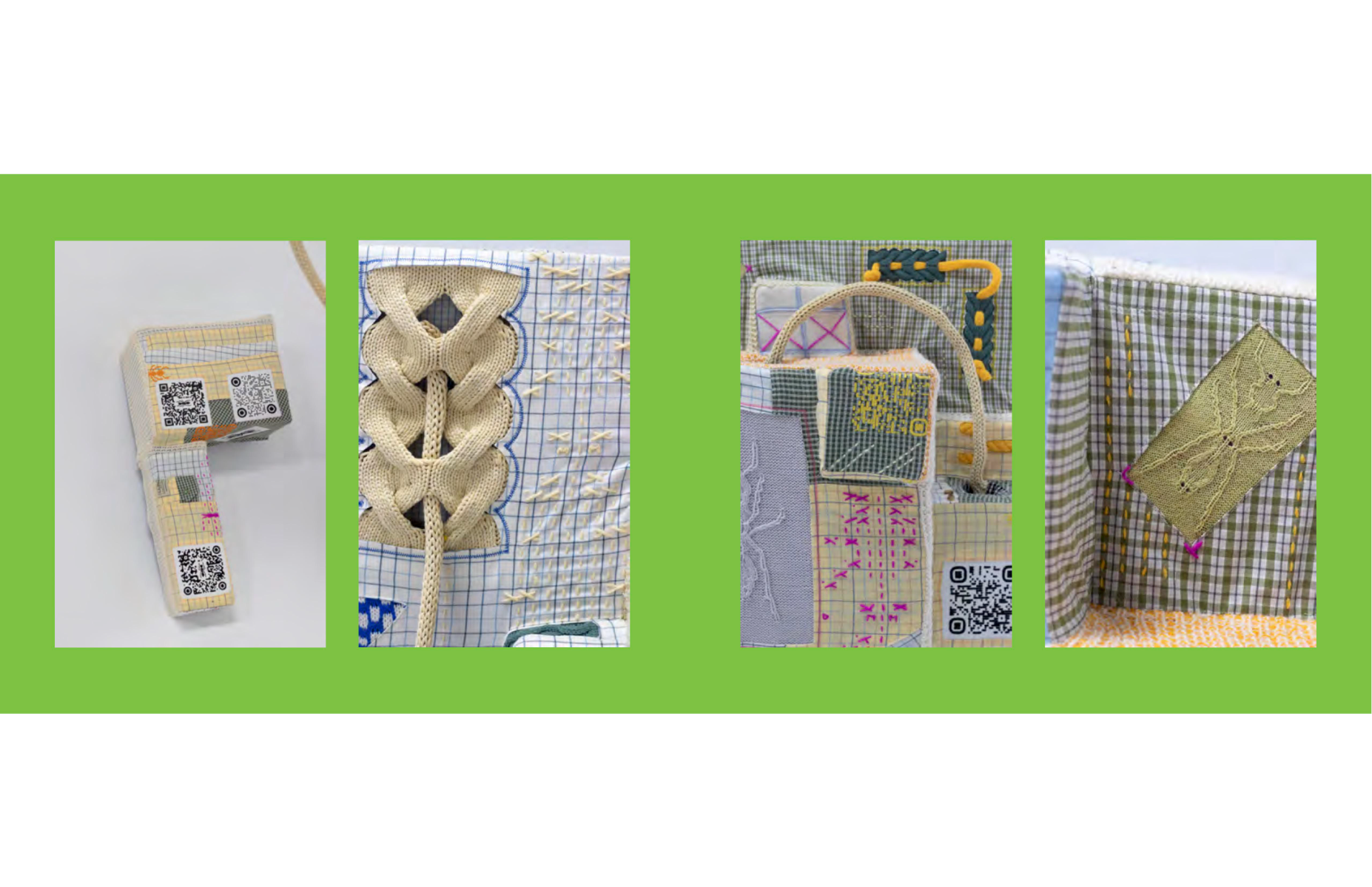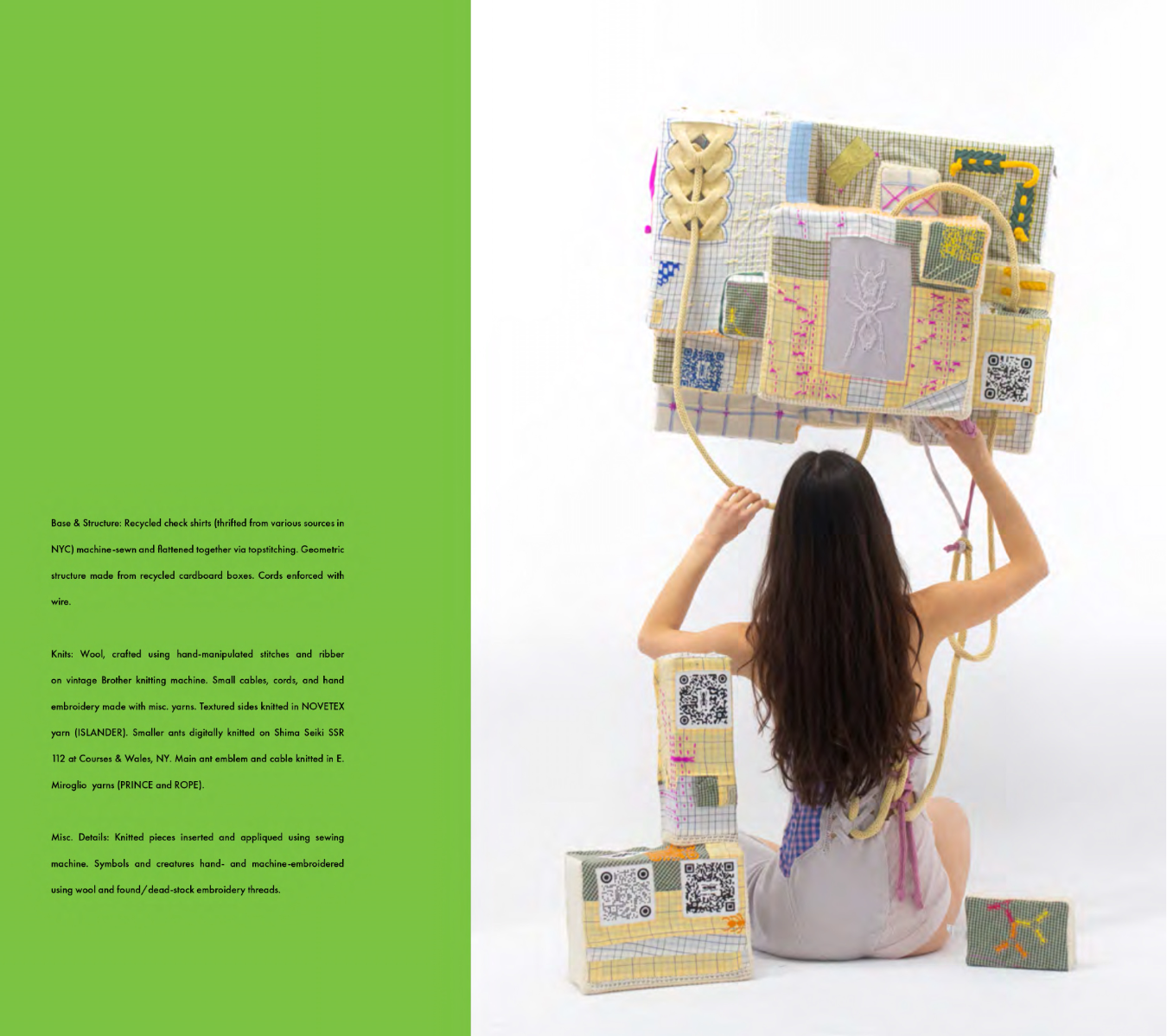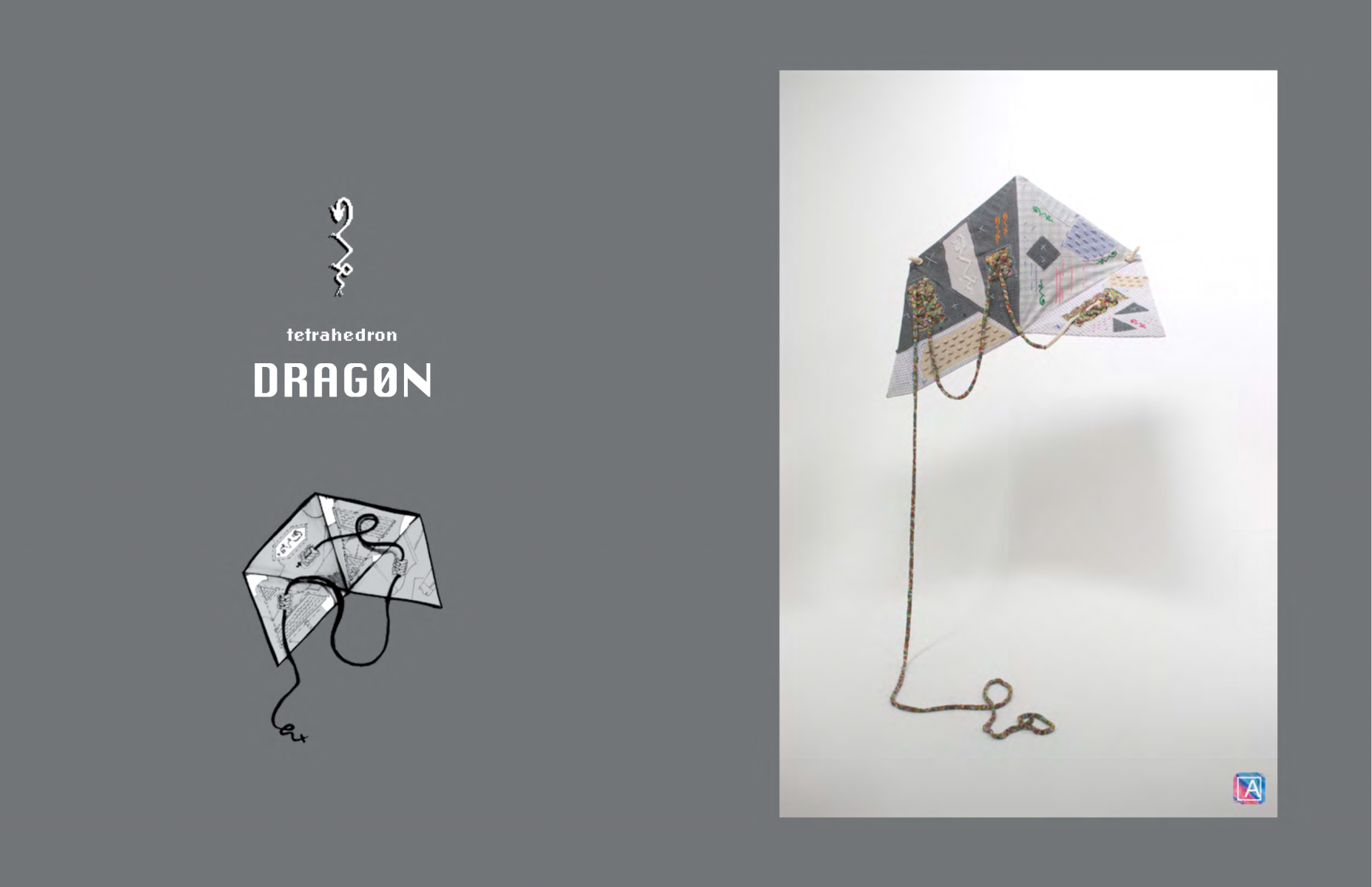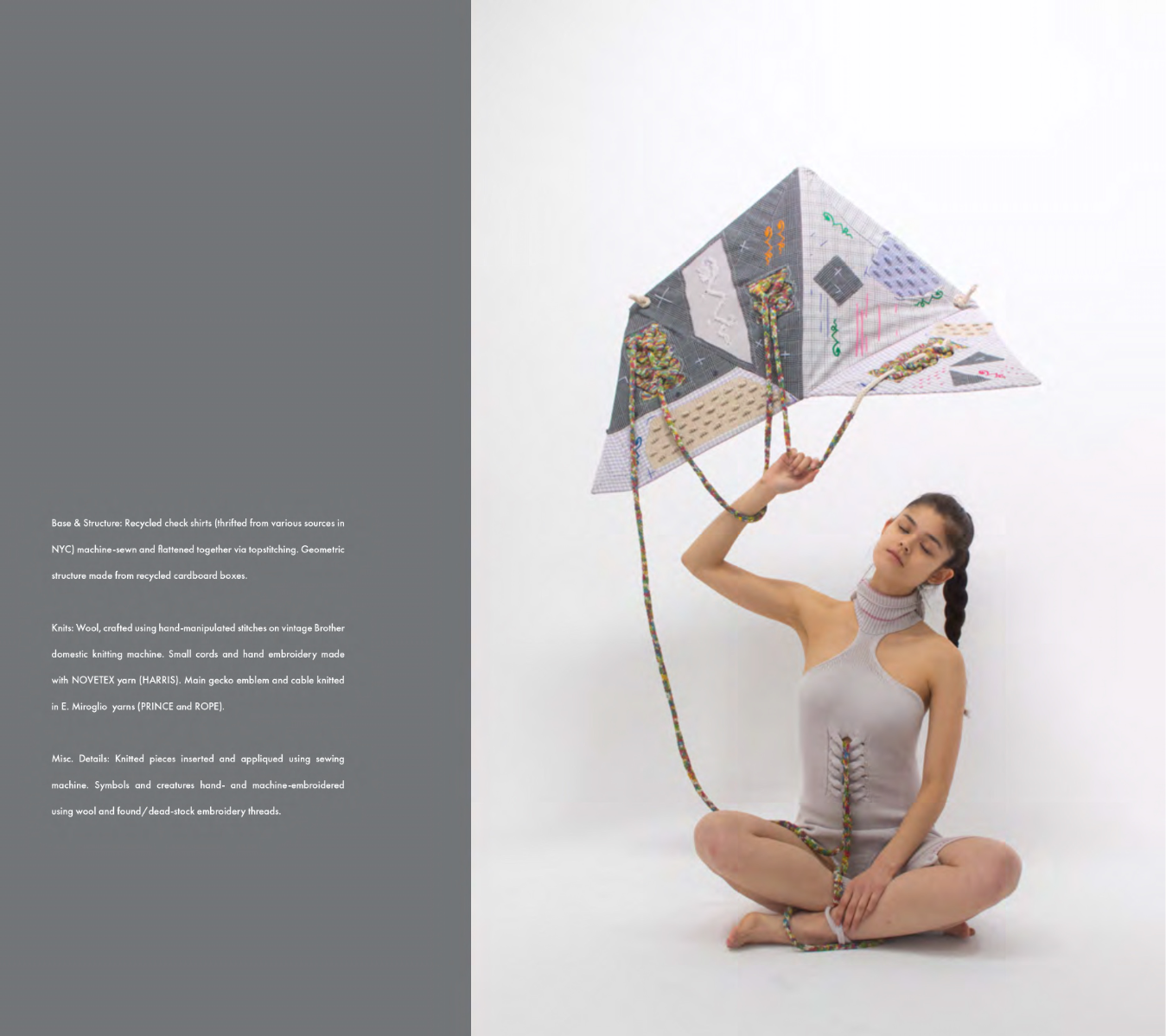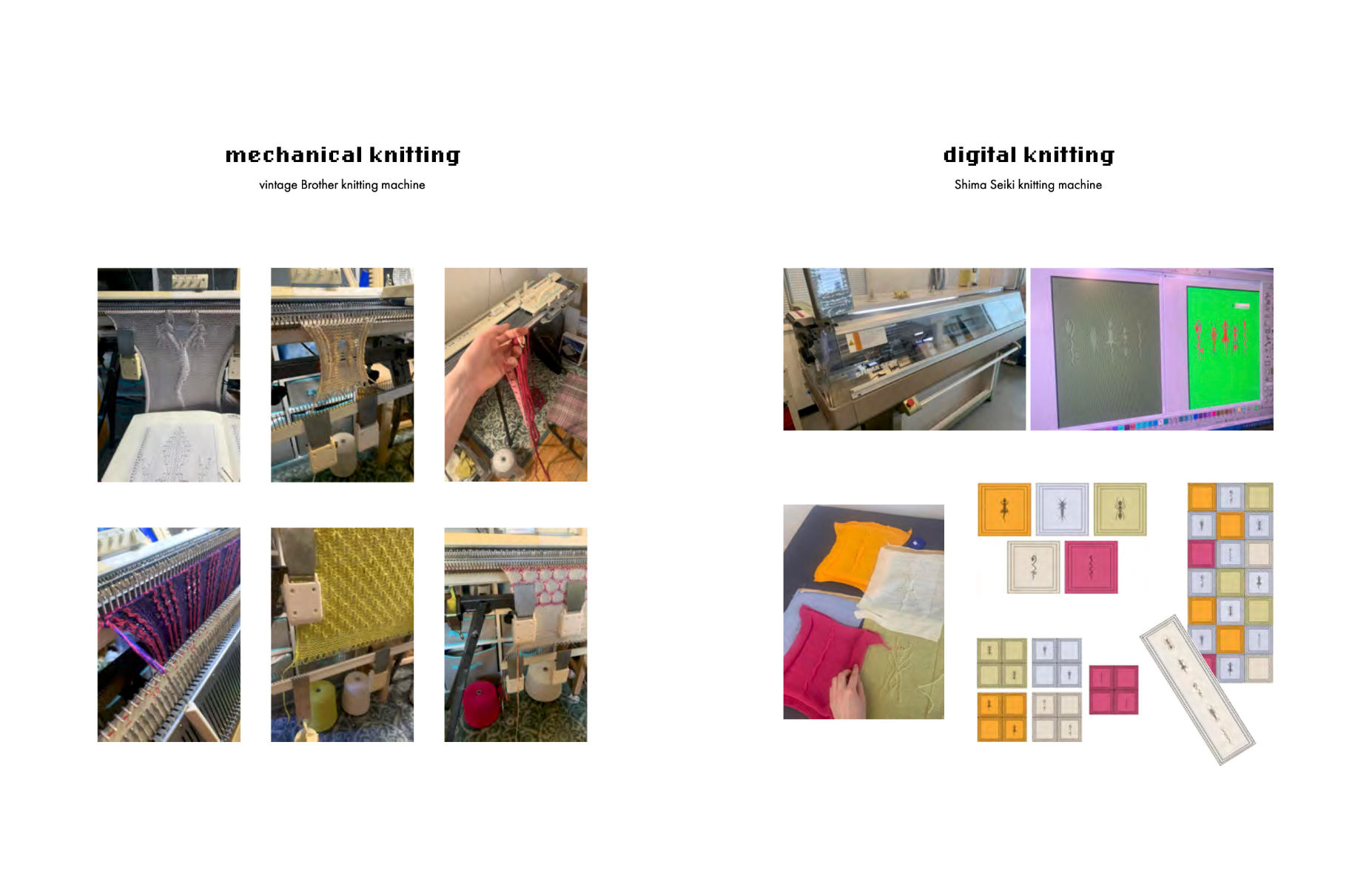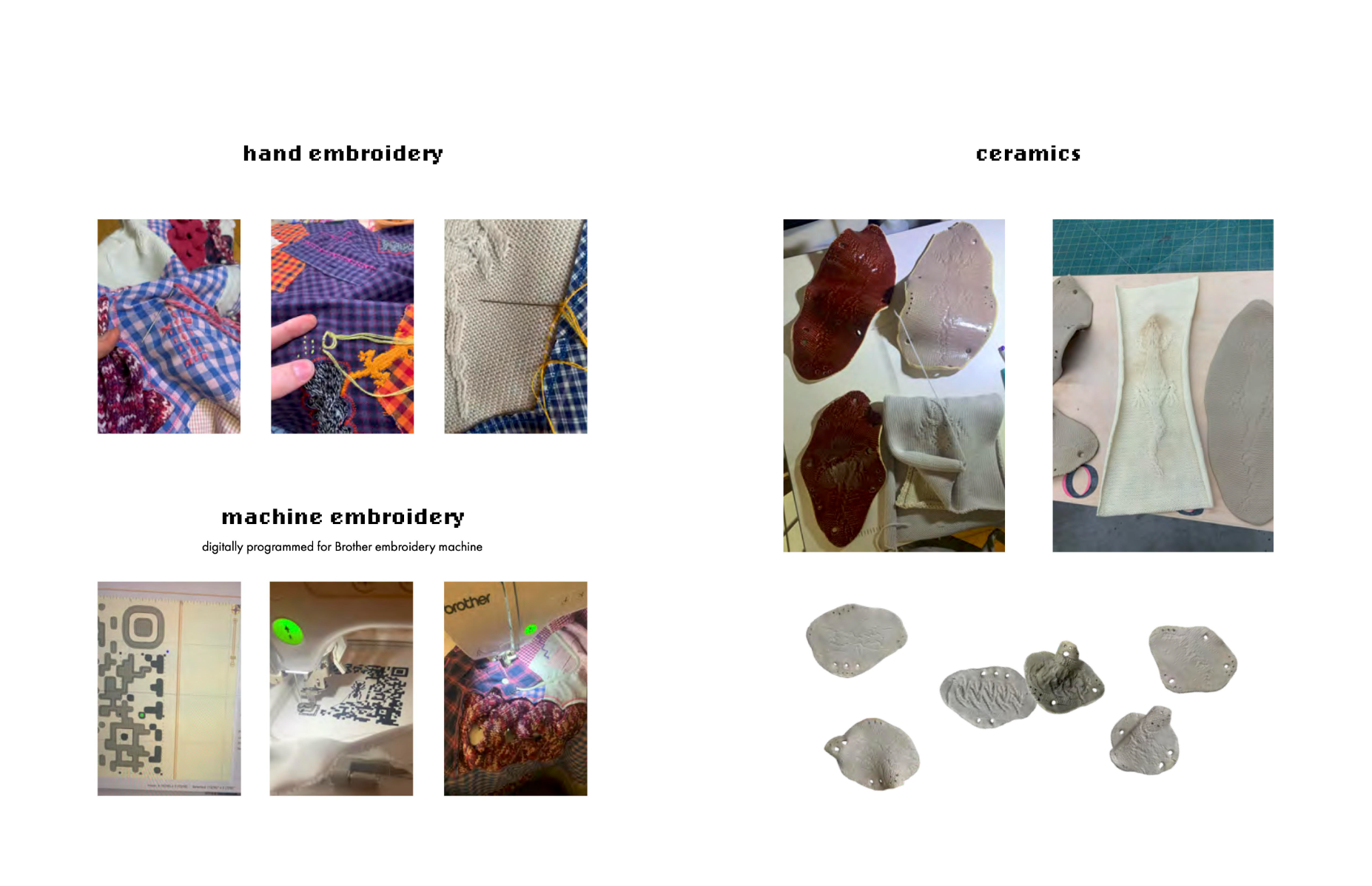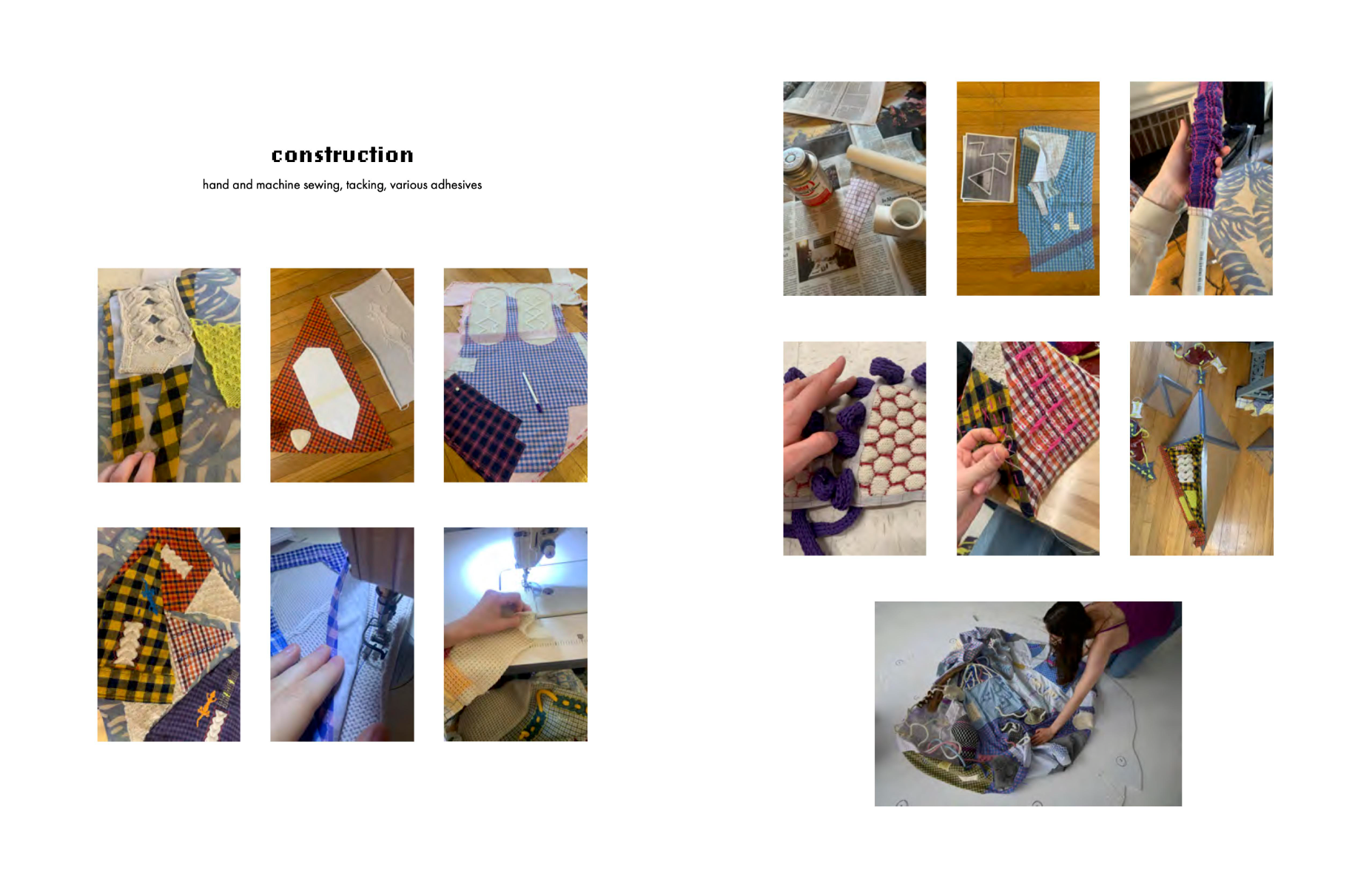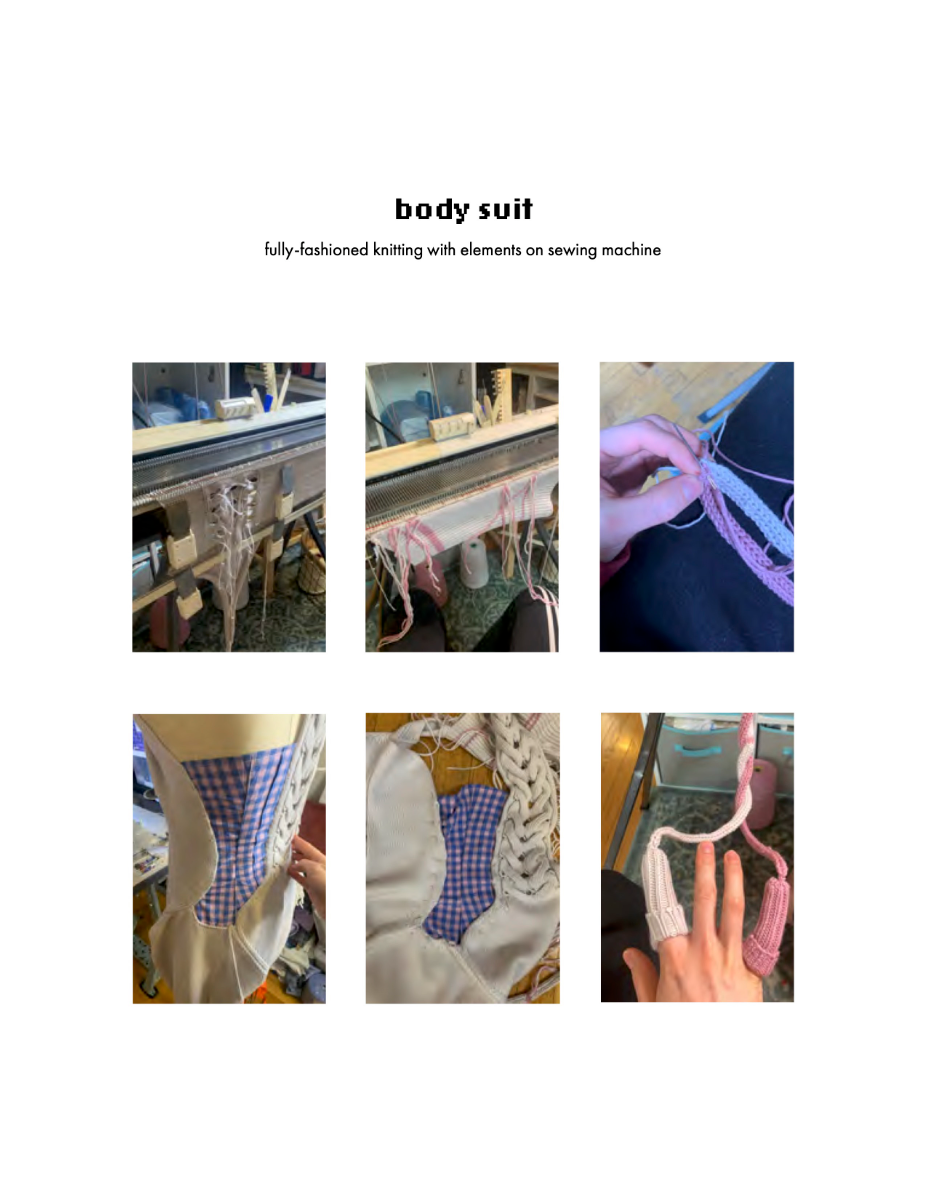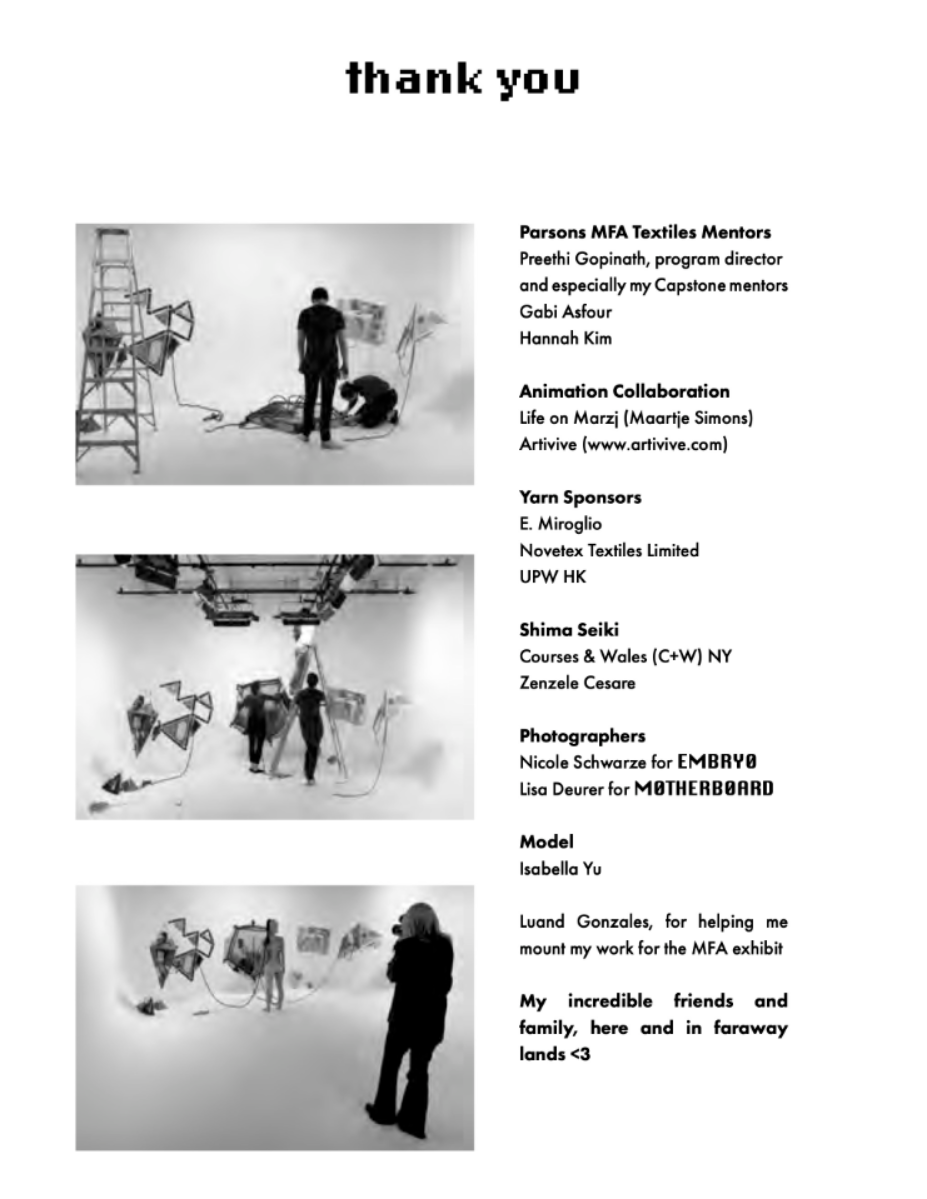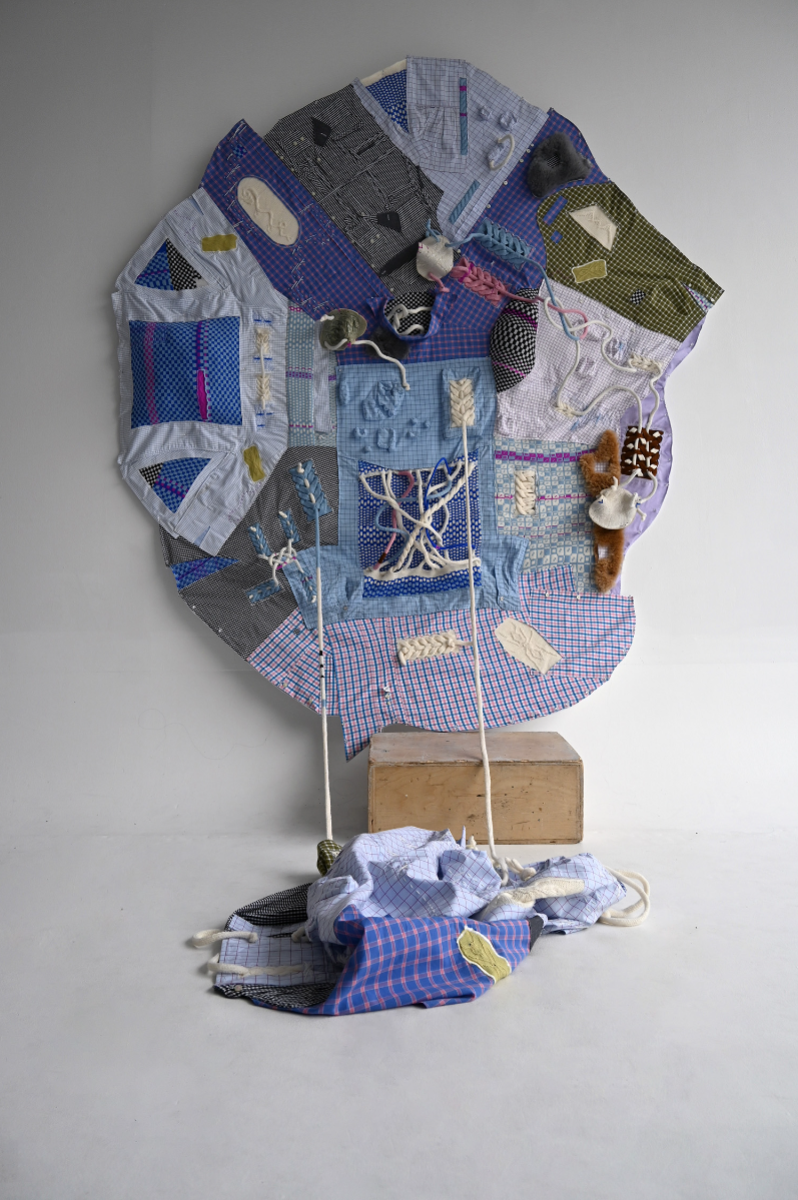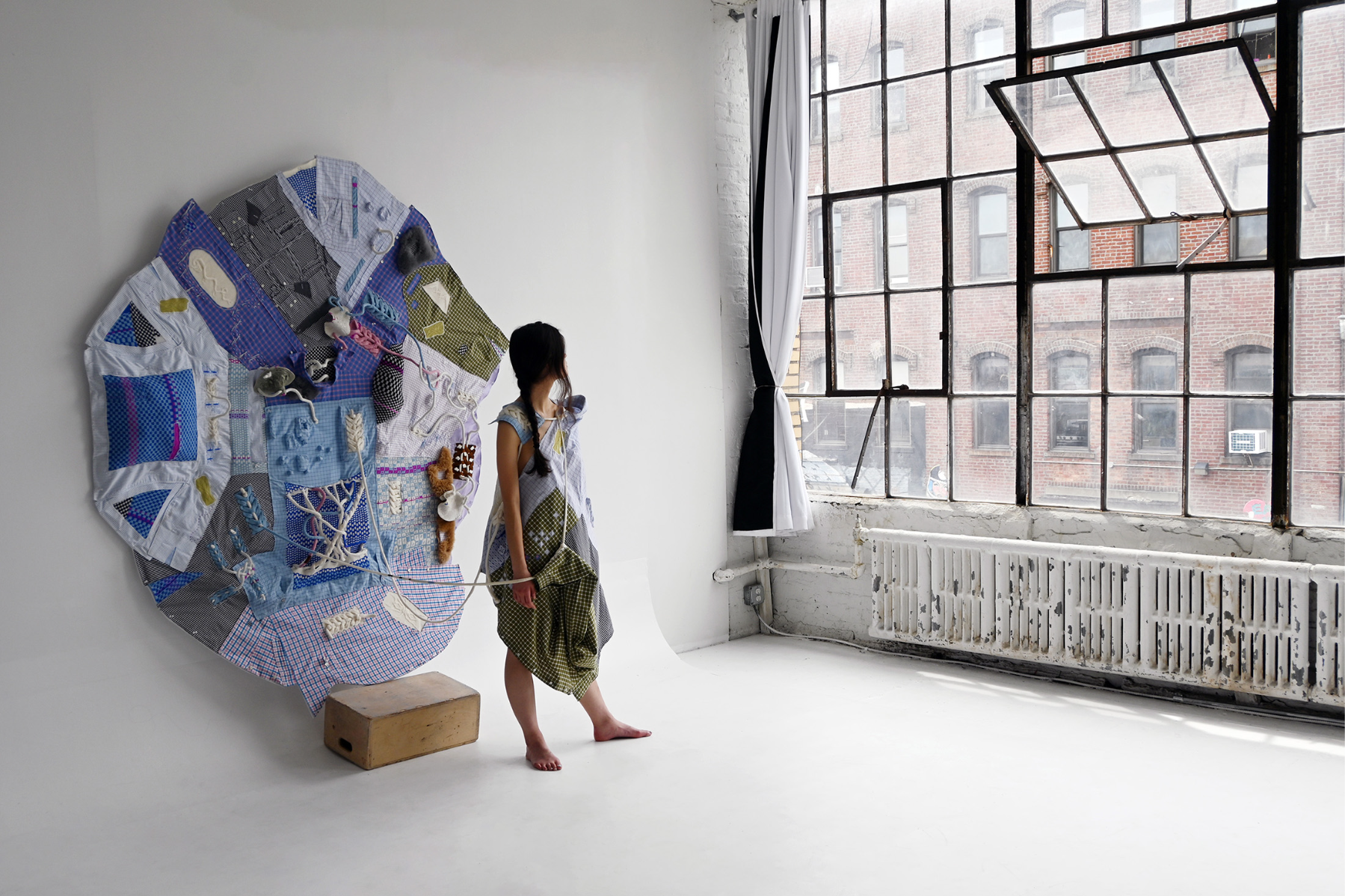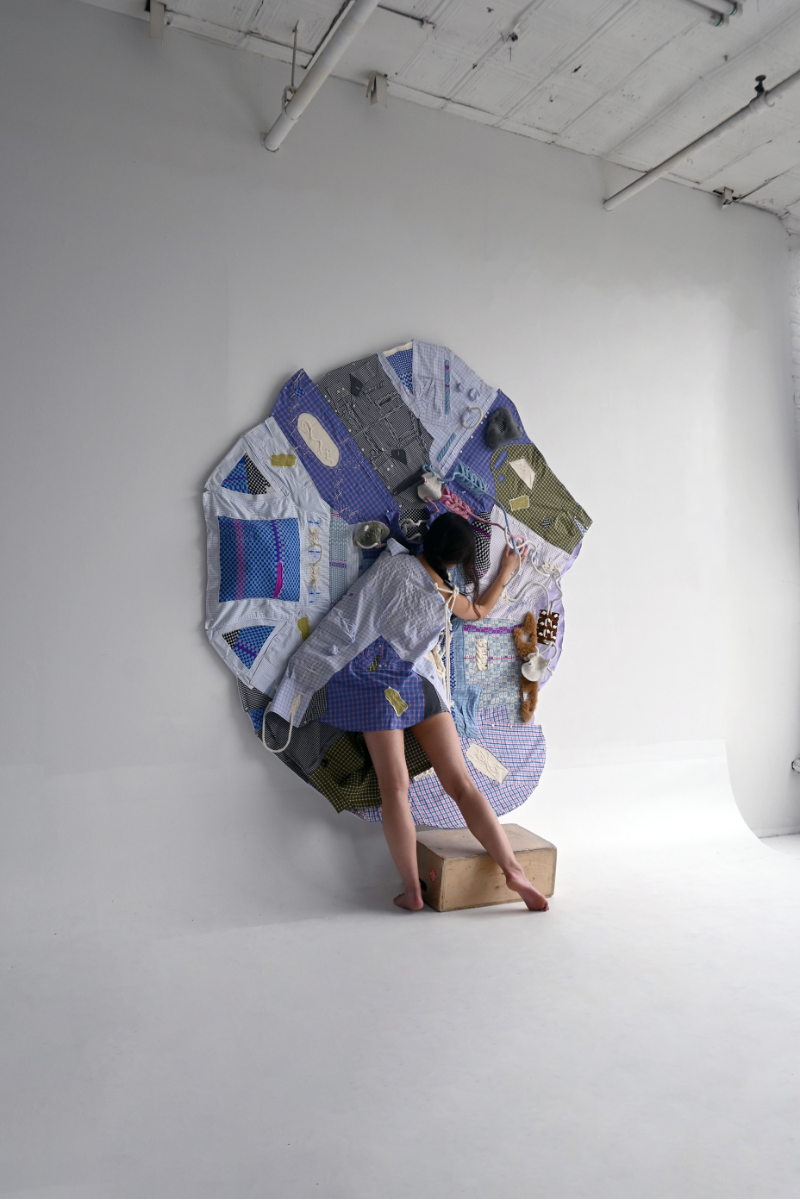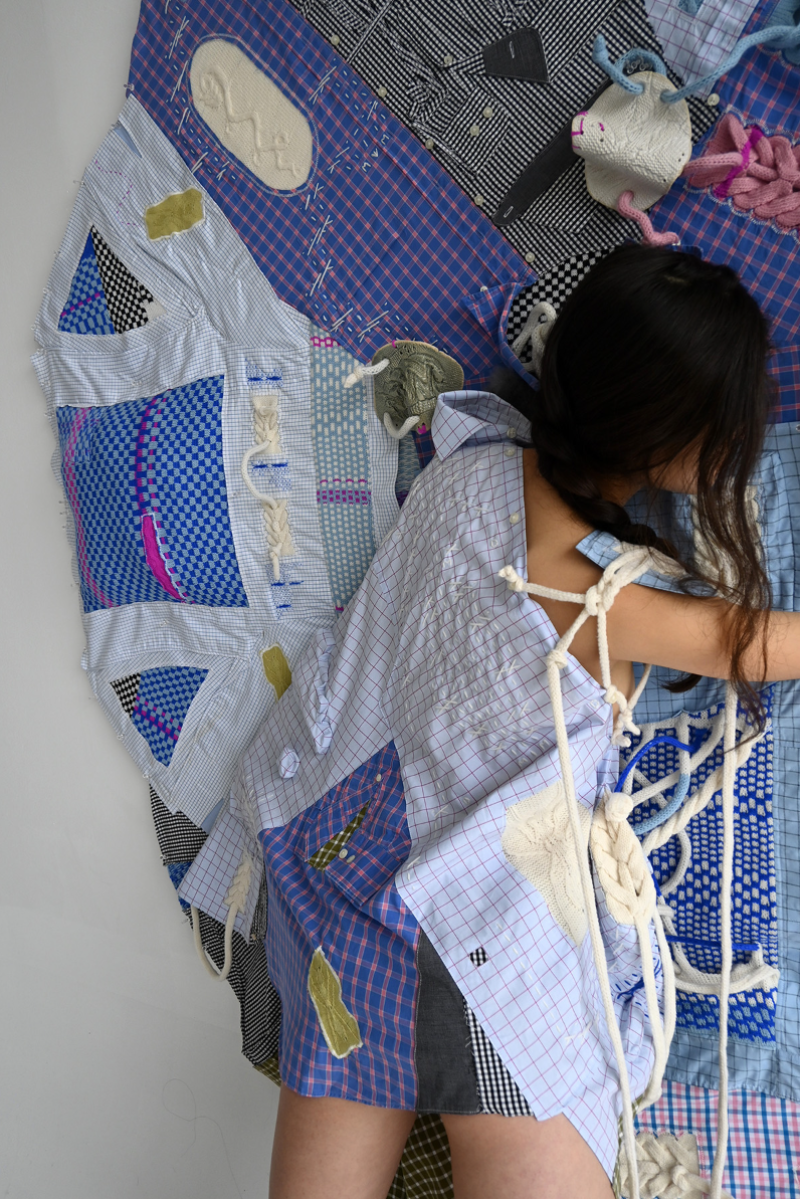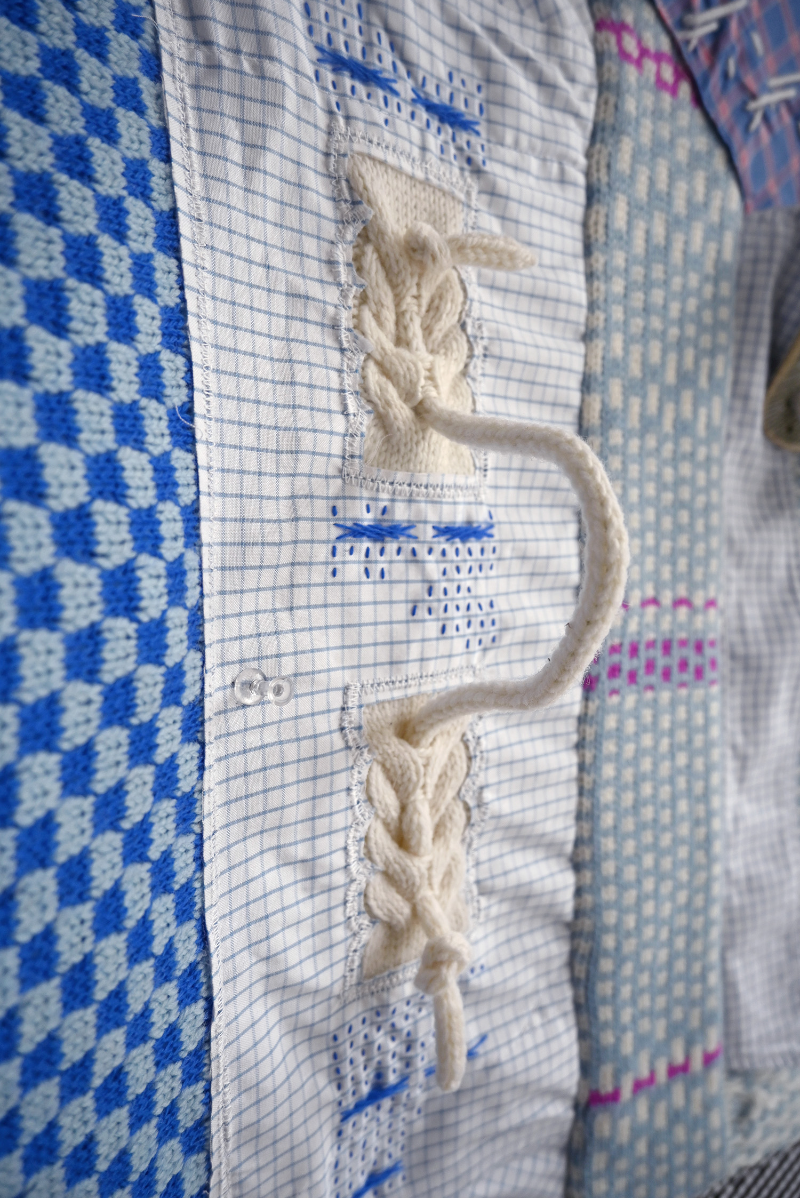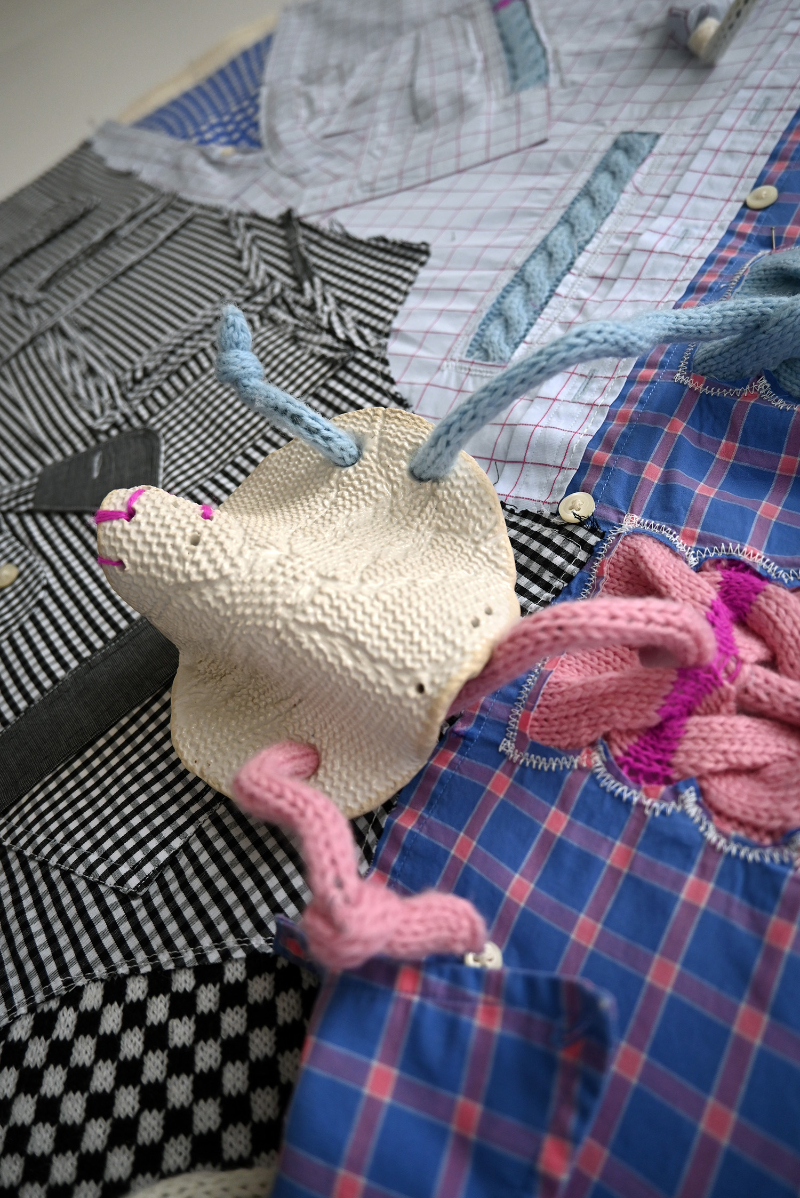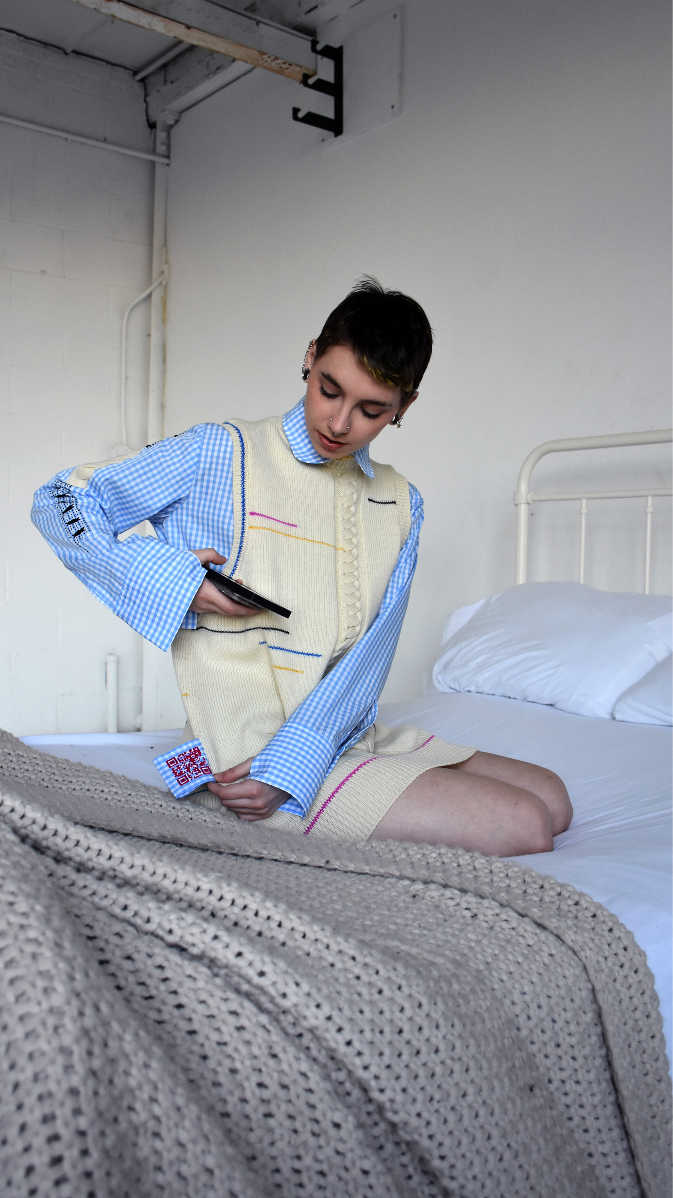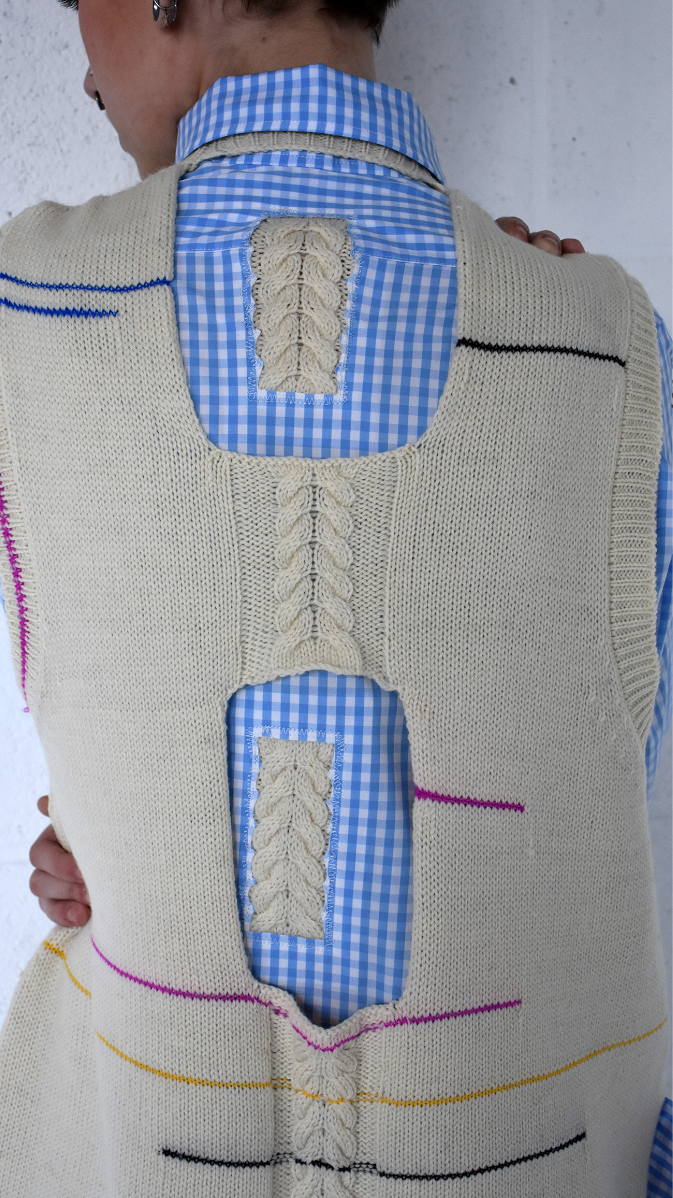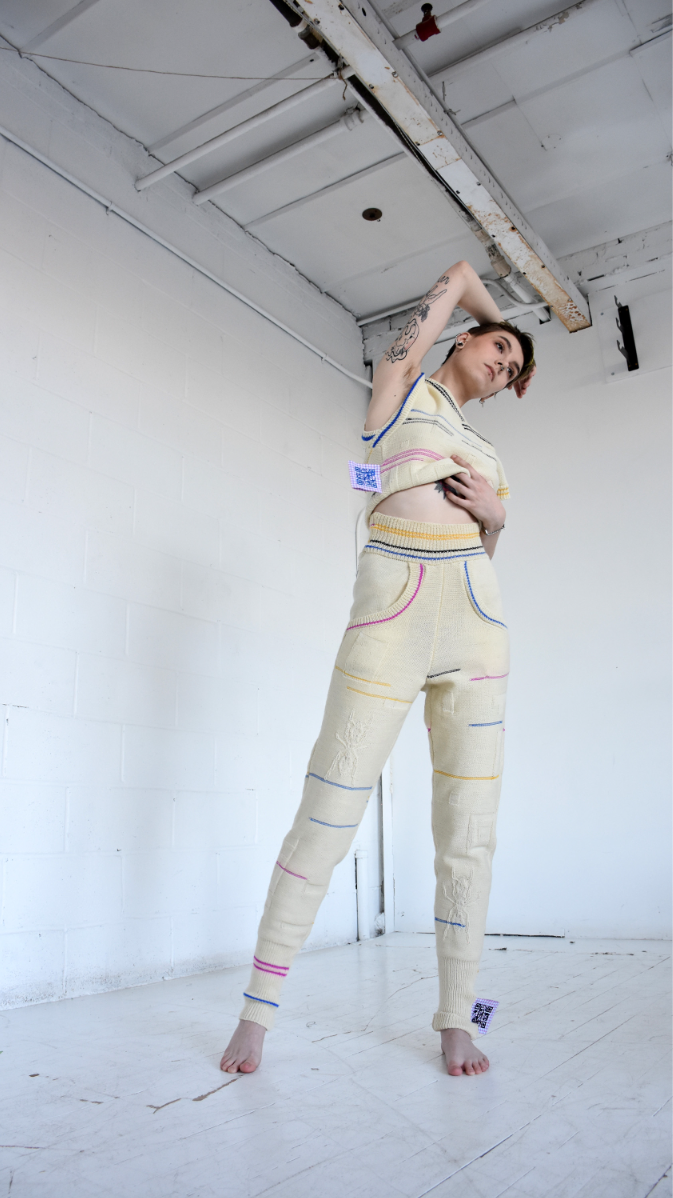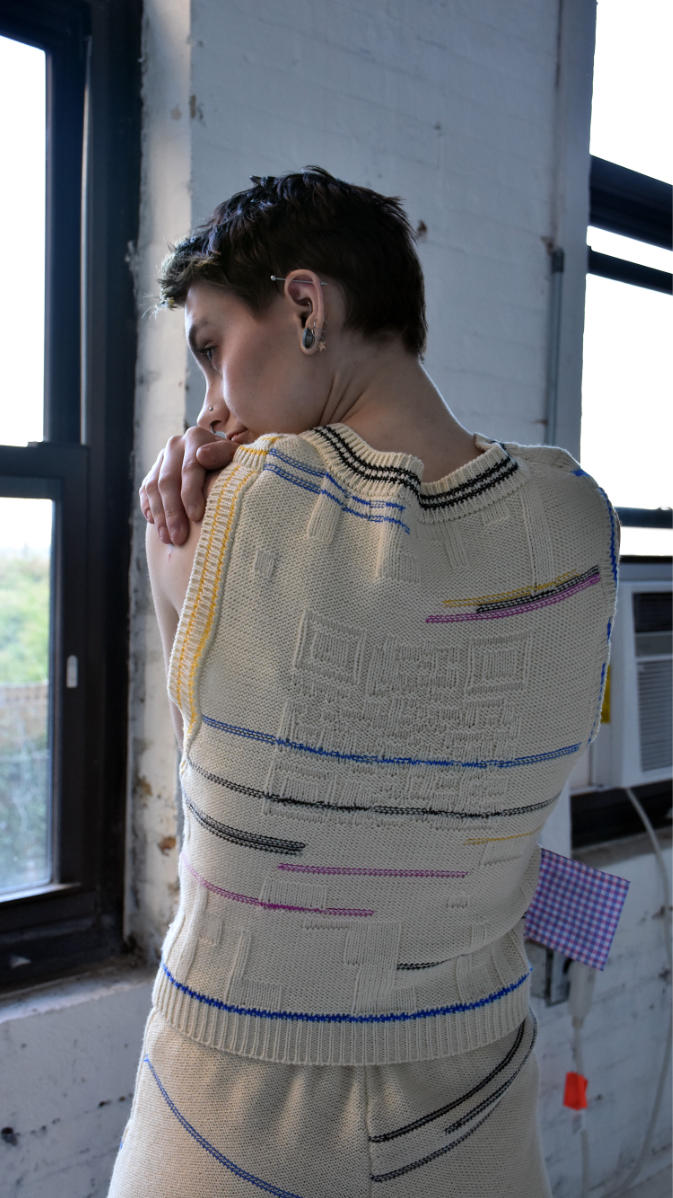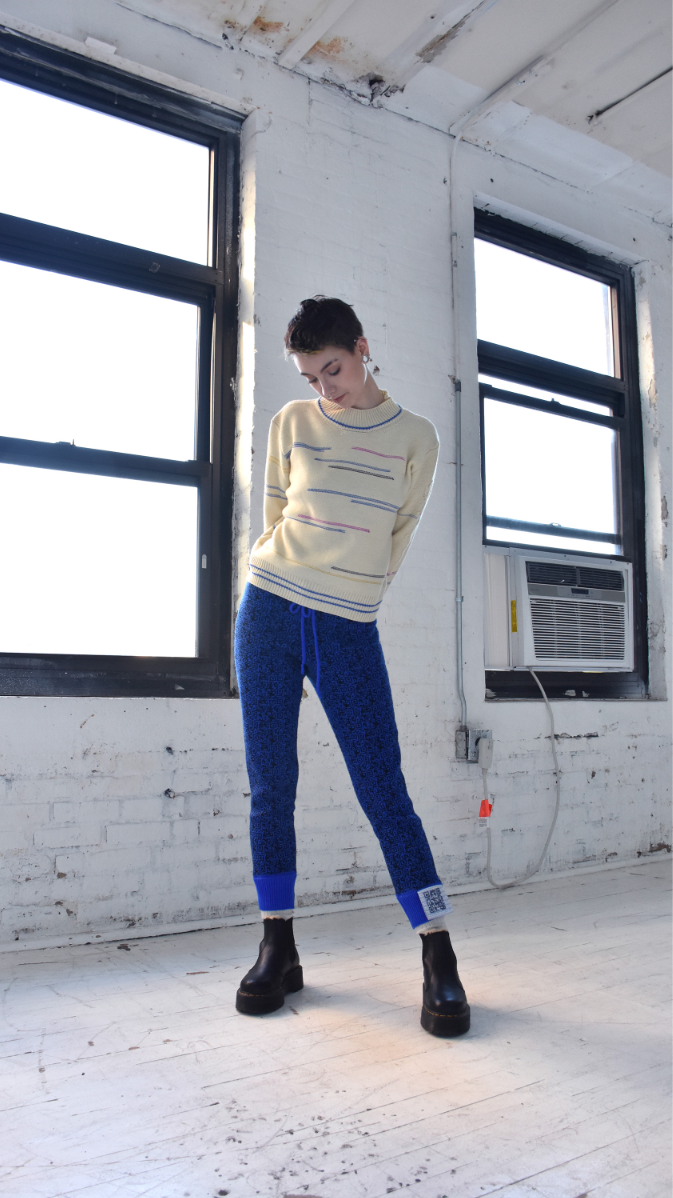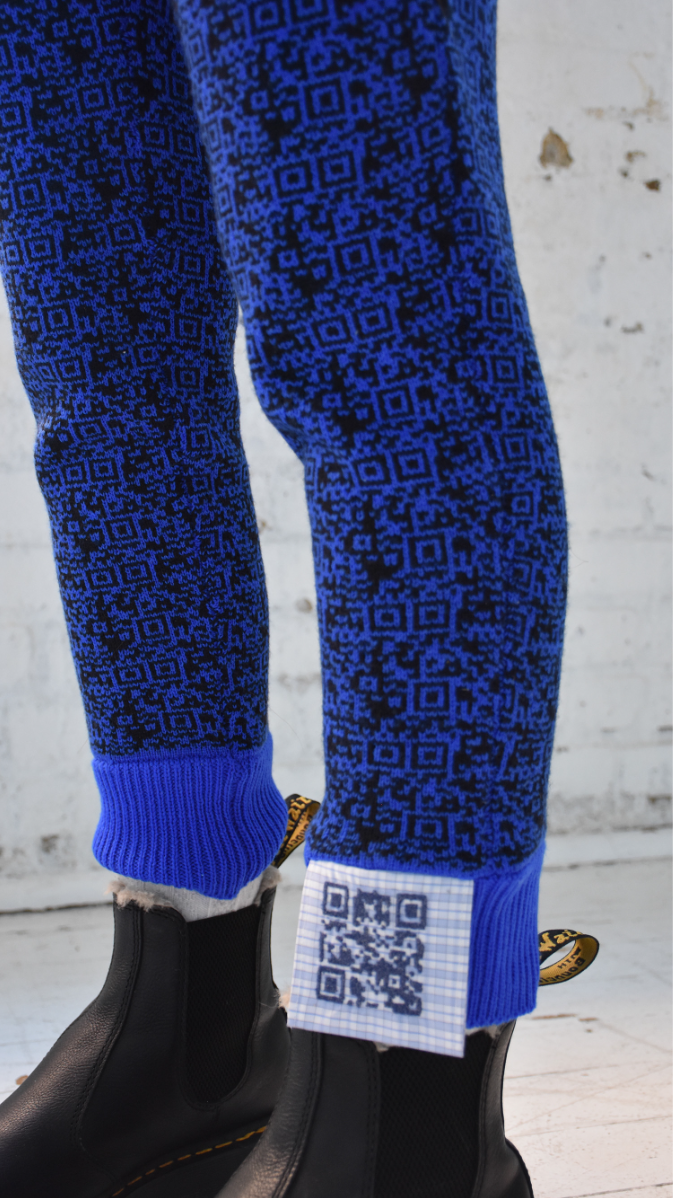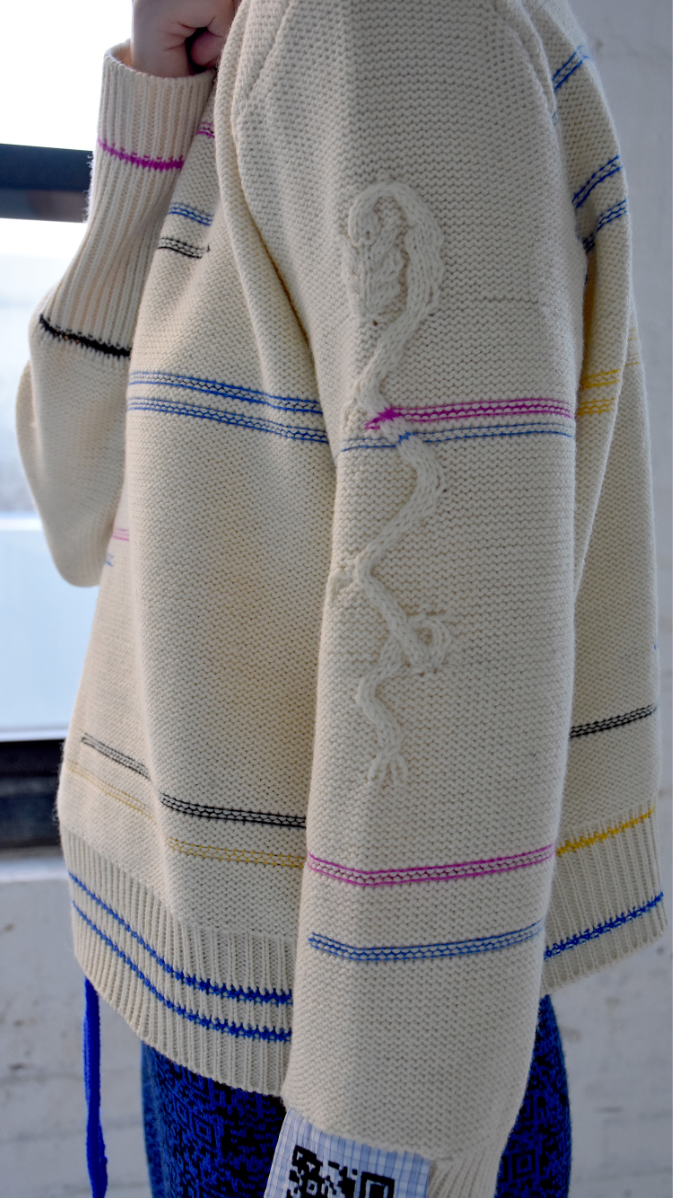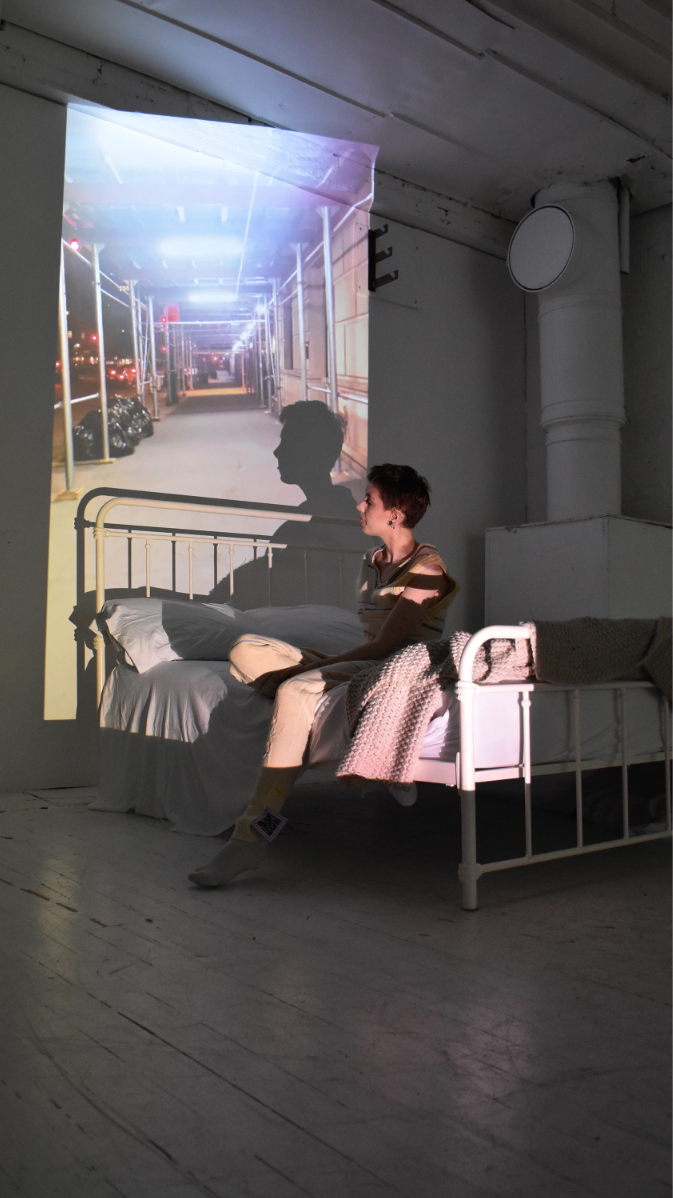carolina Trinker
Textiles MFA
Parsons School of Design
Specialisms: Textiles - Knit / Textiles for Fashion / Textile Innovation/Textile Art
Location: New York, United States
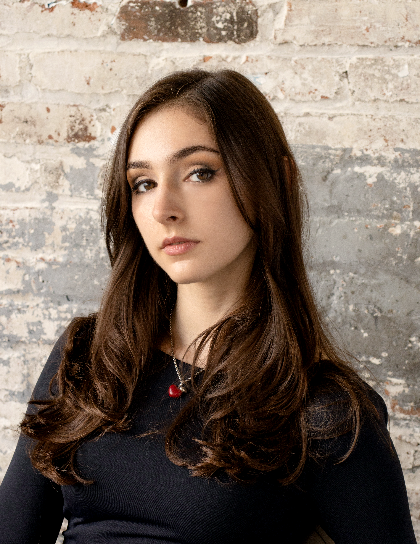

carolina Trinker

First Name: carolina
Last Name: Trinker
Specialisms: Textiles - Knit / Textiles for Fashion / Textile Innovation/Textile Art
Sectors:
My Location: New York, United States
University / College: Parsons School of Design
Course / Program Title: Textiles MFA
About
Introducing myself is perpetually difficult. I am one of the odd, rootless people of a new generation: my mother grew up in Brazil, my father in Austria, and I, around the world. My if-somewhat-fragmented cultural experiences have been a true blessing, revealing different facets of humanities subjects, music, and hands-on creativity.
Someplace between fashion, textiles, and art, I collect ideas from my surroundings and lived experiences. Exposed to many languages throughout my upbringing, I gravitate towards translating these ideas into knits as an expression of binary code. Using these approaches, I embrace critical design, questioning digital societal structures and human-material relationships.
The digital realm is evolving and expanding exponentially. For better or worse, we are increasingly split between physical and virtual dimensions. Considering what it means to be hooked into our many flat screens – translating, encoding, and imprinting ourselves – EMBRYØ dissects today’s divided, yet oddly interwoven, human. In this circuit of five terminals, each is fitted with an emblematic critter and cable plug knitted in stitches of binary code. The cords connect to a central being. When activated via augmented reality, the pieces come alive. Based on cold-blooded, egg-laying creatures, they warp the grids of their respective platonic geometries and resonate at different frequencies of color. The gecko corresponds with the octahedron, the silverfish with the icosahedron, the snake with the dodecahedron, the ant with the hexahedron, and the dragon with the tetrahedron. EMBRYØ turns to original alchemical elements of the universe in an attempt to grasp our new realities. AR animation collaboration with Dutch animation artist LifeOnMarzj, Maartje Simons (using Artivive app) TO VIEW MY PROJECT BOOK PLEASE VISIT: https://www.carolinatrinker.com/portfolio Photographed by Nicole Schwarze Modelled by Isabella Yu
Competitions

Global Design Graduate Show 2023
Motherboard maps an exploration of language in relation to the human psyche. It expresses our hybridized existences between original, physical realities and those we inhabit digitally: virtual spaces, dependent on the upkeep of code to sustain them. Beginning with an underlying grid – numerous shirts, splayed and flattened out – we find linguistic common ground. This is the uniform, blank structure we have wordlessly agreed to fill in. Layers creep through, building atop. Symbols knitted in bas-relief disrupt the grid, mimicked nearby by the embroidered, quasi-binary language of cable knit plotting. Curling over on cords are negative imprints, ceramic fossils, of the knits. The symbols themselves may not present obvious meaning, but the vulnerability thereof in its stages of translation comes into question. Codes and words are dynamic (alive, even) in their meaning. How long do they mean what they originally set out to say, or mean anything at all? Cables and cords allow us to plug into the Motherboard, taking us back to our origins in language: the “pre-verbal”, our "mother tongue" (paraphrasing John Berger in Confabulations (2016), pgs 4 & 137, respectively). Peculiarly, in a similar way to which we were written up in our genetic codes, we have begun to program and encode our own digital identities. Photographed by Lisa Deurer Modelled by Isabella Yu
During the COVID-19 Pandemic, a time of severe physical isolation, individuals have resorted almost entirely to social existences via remote communication. Through a combination of textile techniques, particularly involving knits, this fashion system reflects upon the intangible digital spaces we now inhabit (replacing our physical realities with fragmented ones) and the languages that sustain them. Its aim is to help people navigate this new world together, using physical garments to connect them directly to spaces we can share in what feels like a fourth dimension. VIRTUAL PLATFORM - Inserted into every Stitches Apart garment is a QR tag. Upon scanning the tag, wearers are brought directly to the hidden Voices page of www.stitchesapart.com. There, an anonymous recording is available. Each week there will be a new voice - because the QR code is dynamic, it will continuously be functional until a new collection is released with a different code. Old QR codes will lead to Voice Archives. This incentivizes wearers to collect singular pieces over time, and to take good care of them. ONGOING DIALOGUE - Should a listener wish to contribute after hearing a recording, it is easy to find a link to the Voice submission form (on the same webpage as the recording). This way, spontaneous thoughts can be contributed, and an ongoing wearer’s dialogue is spurred. These digital interactions will have physical consequences: the dialogue inspires future collections' knit motifs. It also inspires future prompts for Voice submissions. FRAGMENTS & TRANSLATIONS - Stitches Apart plays on translations between the tactile and the abstract; for example, it compares the binaries of computing languages (zero’s and one’s) with the binaries of knits (knit and purl stitches). This will always somehow seep through visually into the brand, as well as the physical nature of the garments themselves. The discourse did, after all, begin with the exploration of remote connections and relationships between people - and these translations are what make it possible to sustain them. Photographed by Carolina Trinker Modelled by Billy Terry
